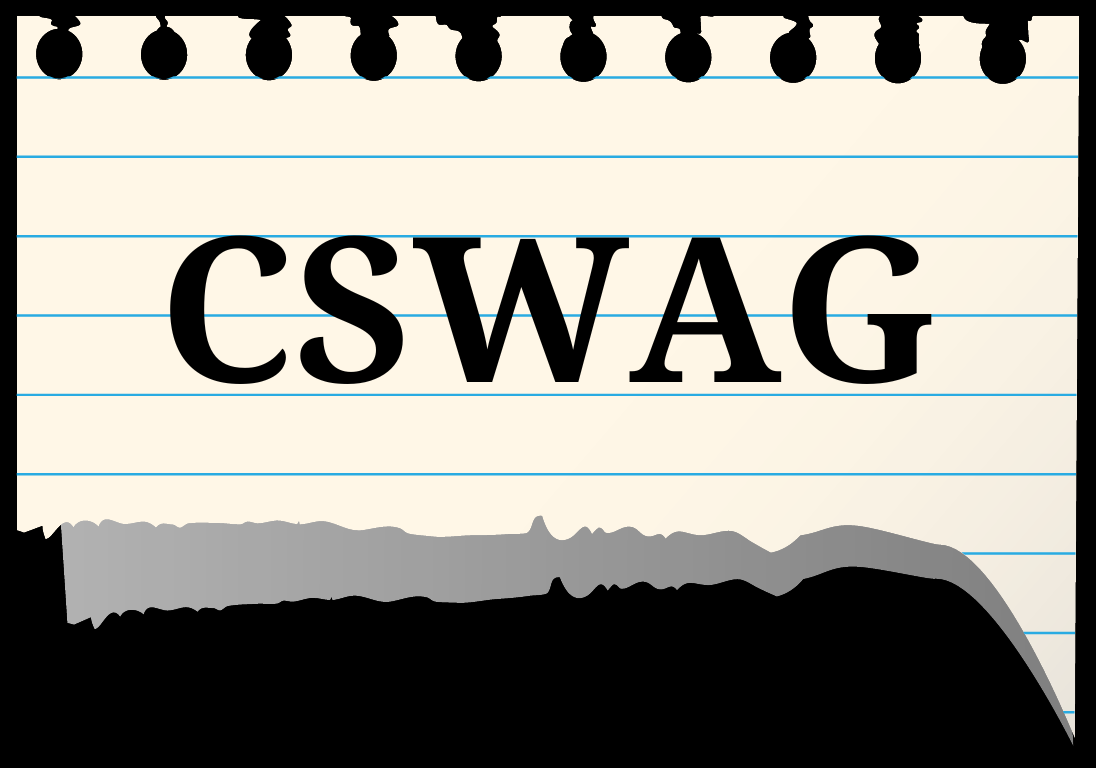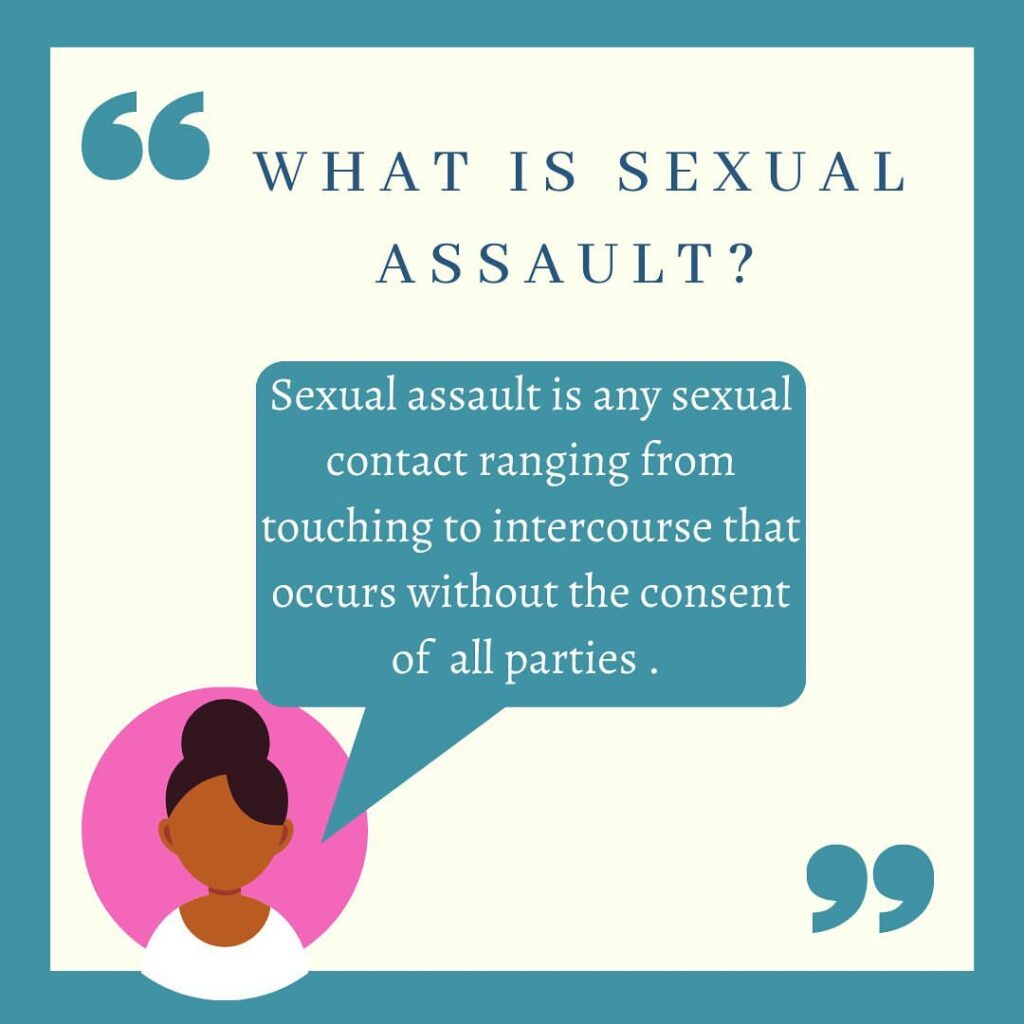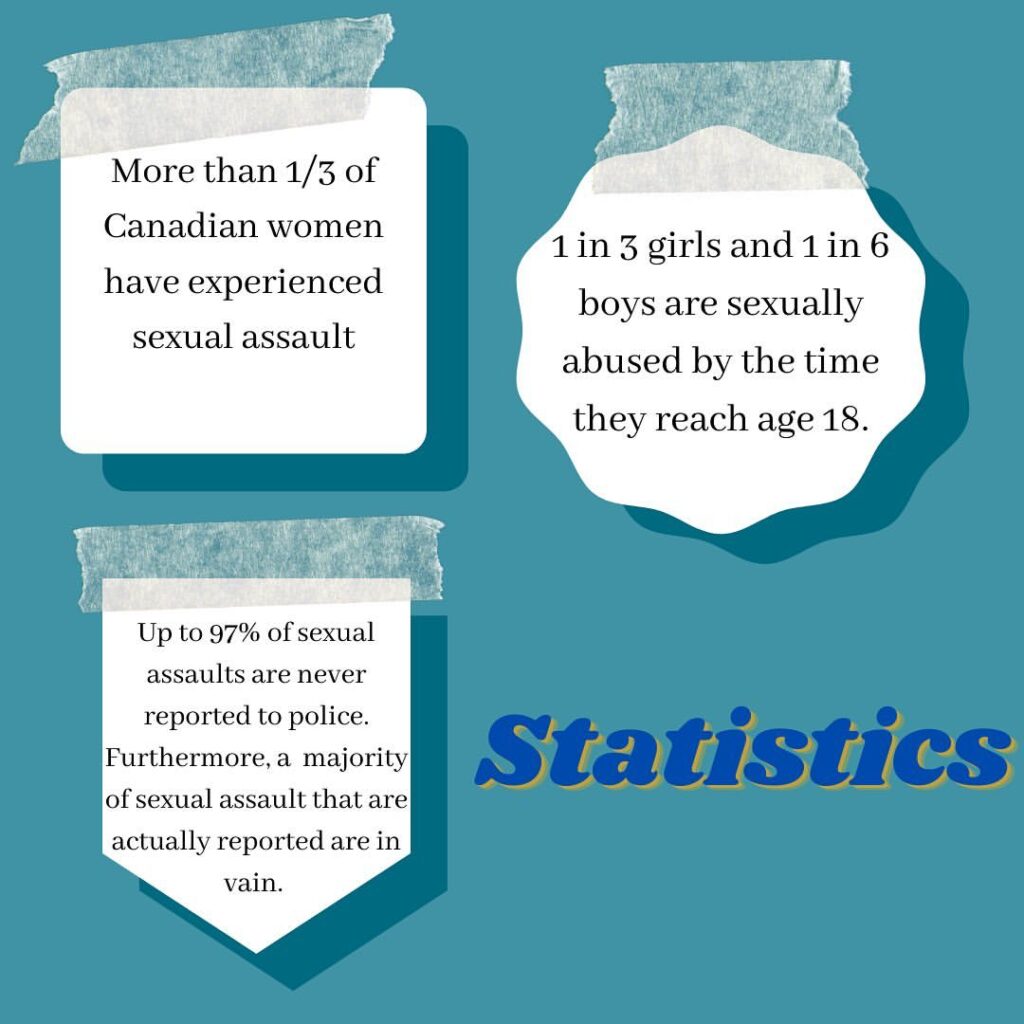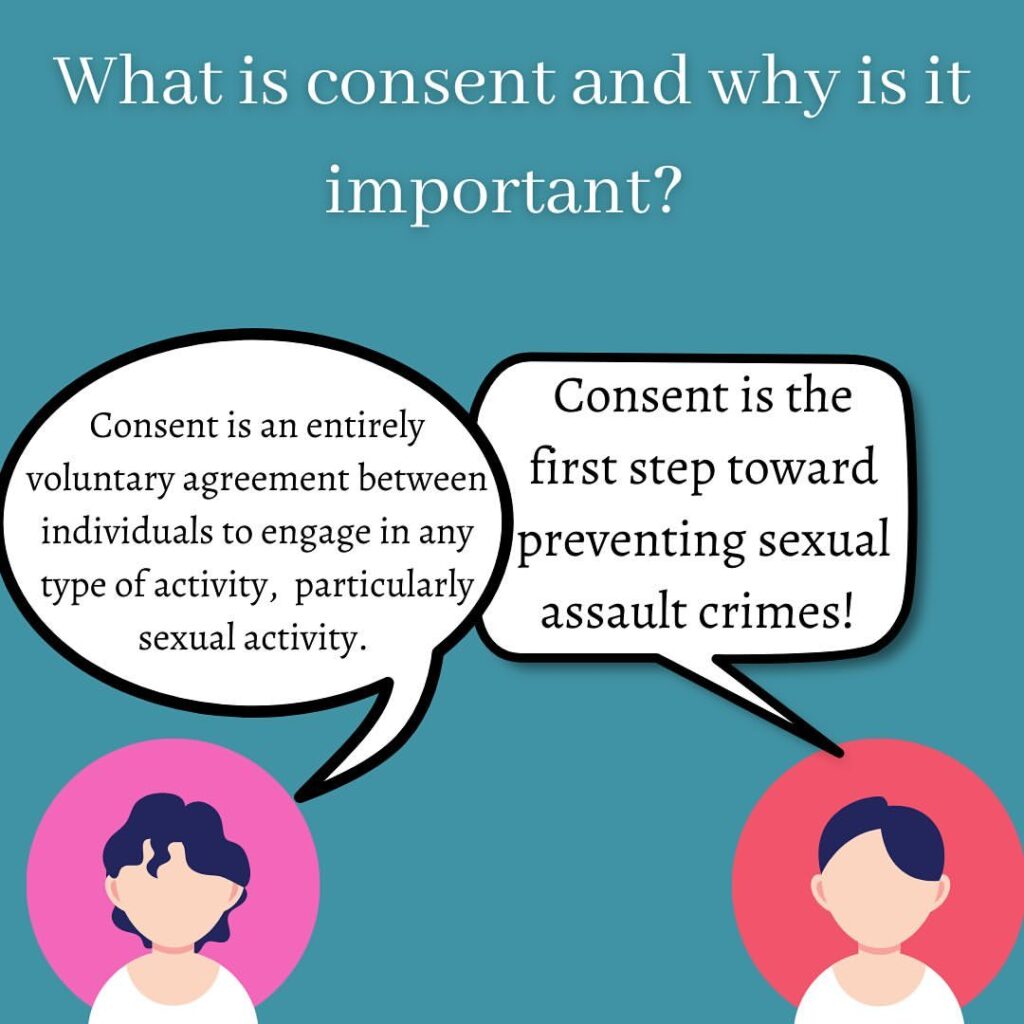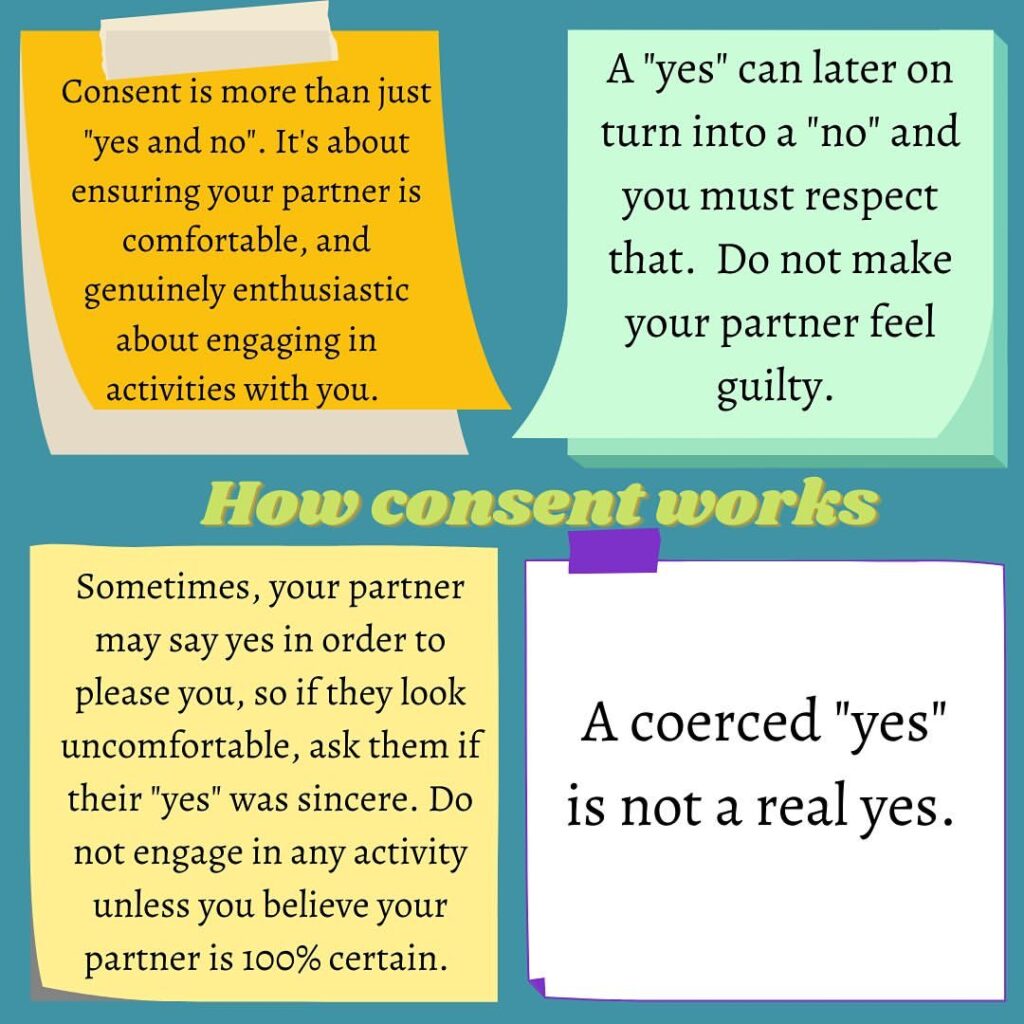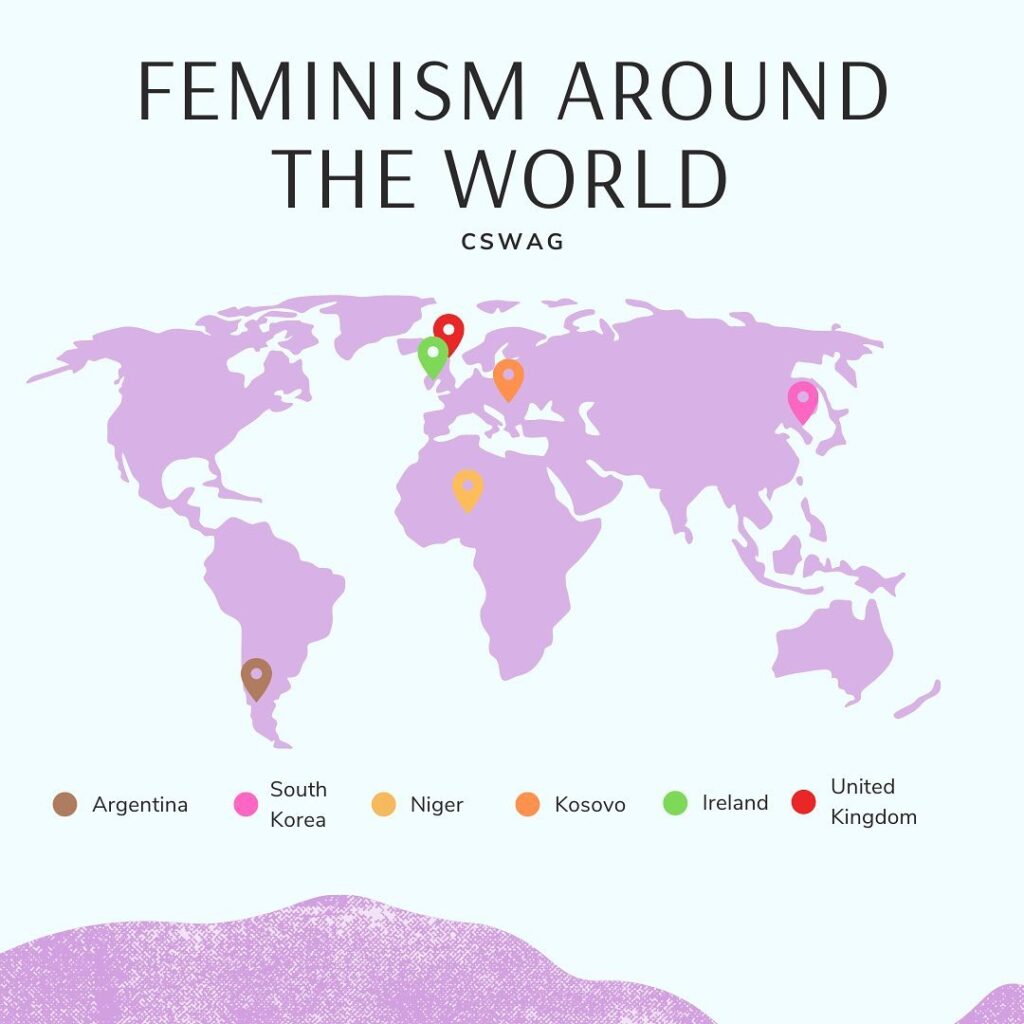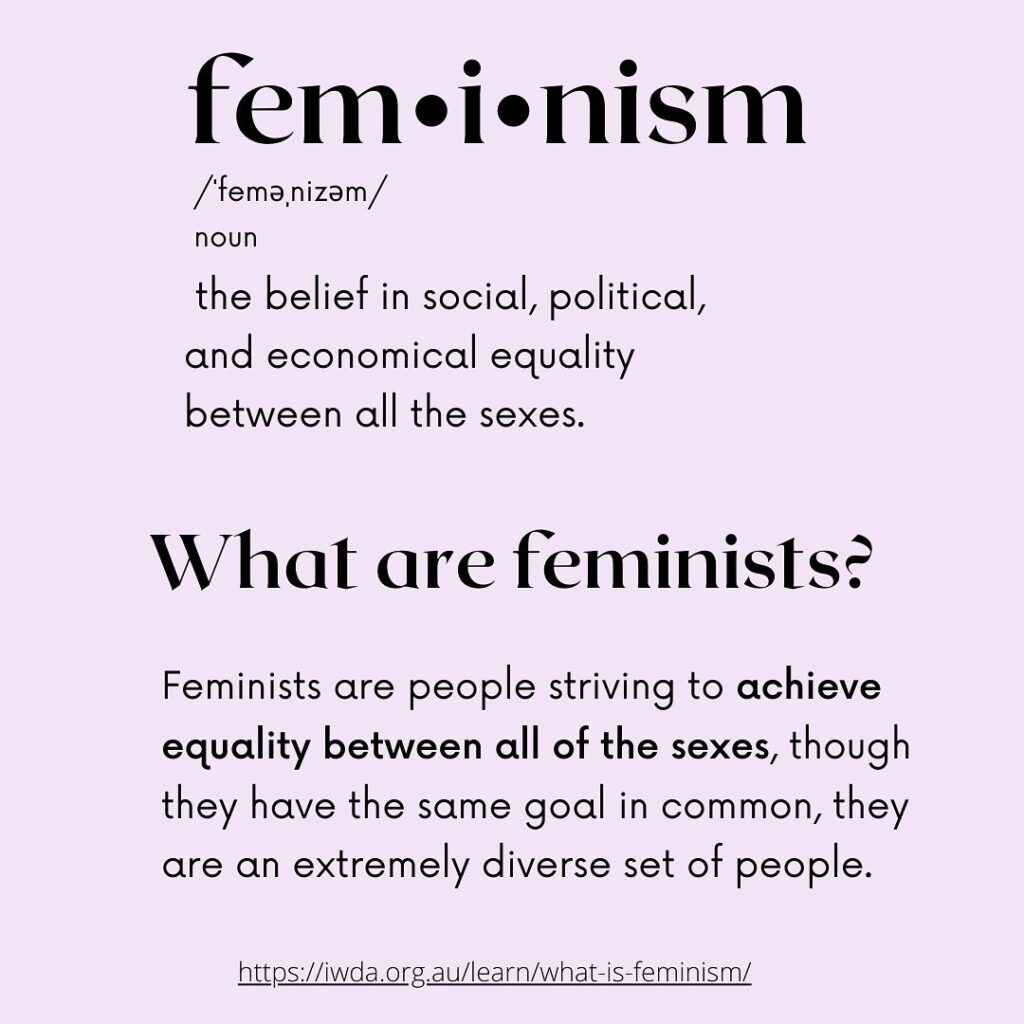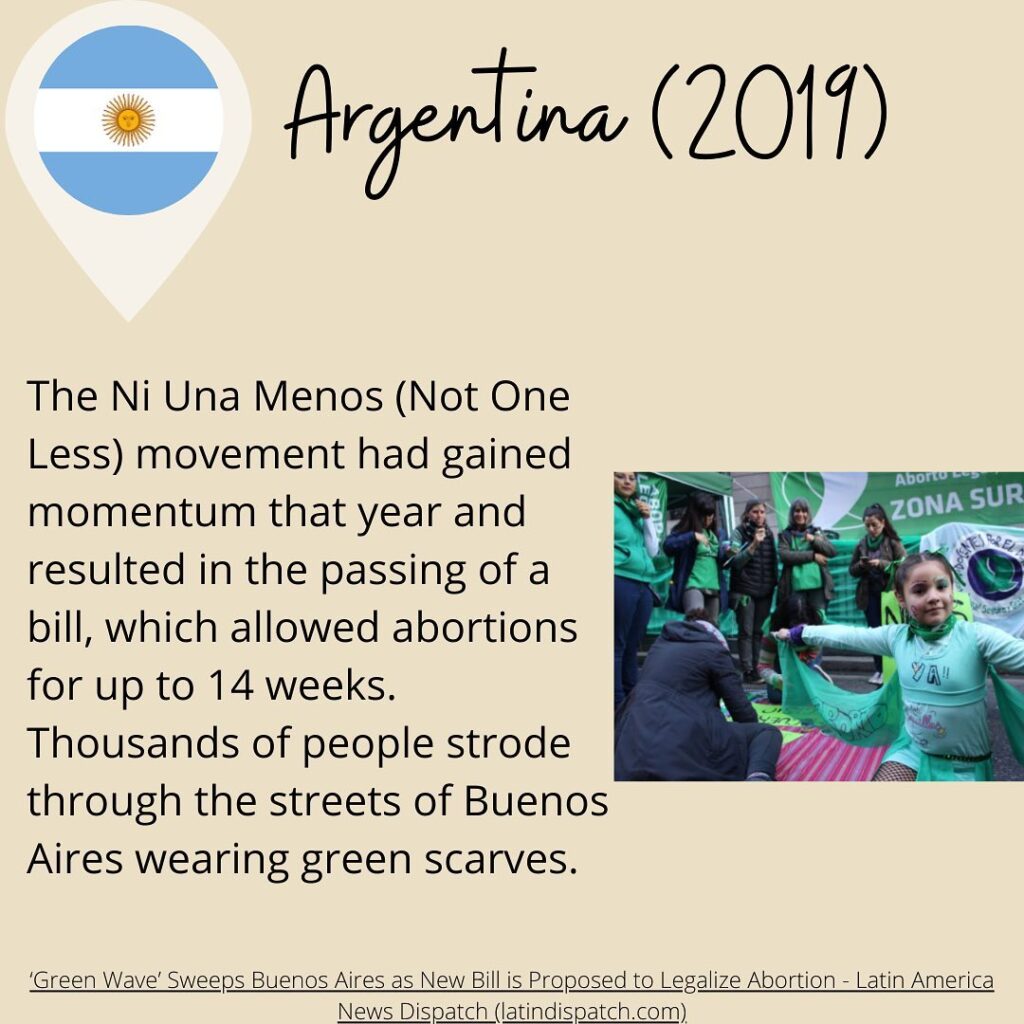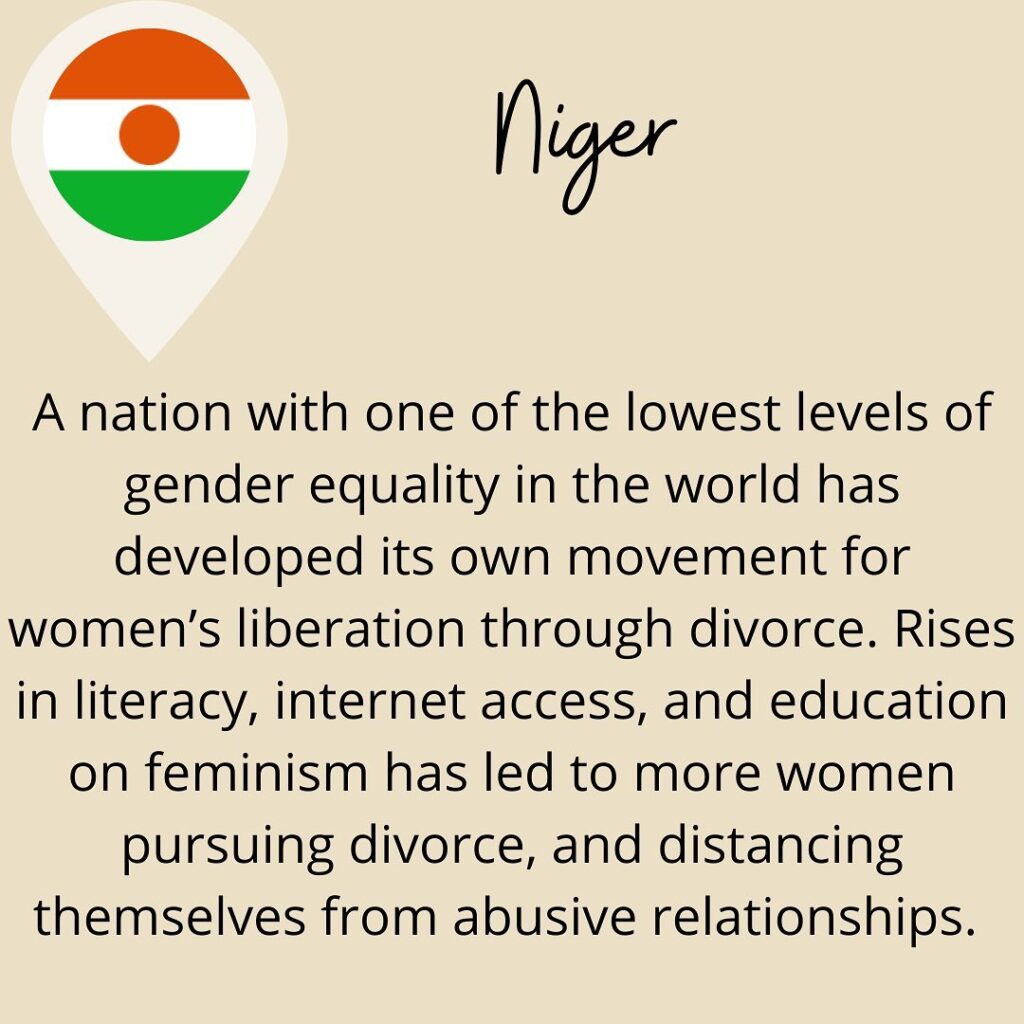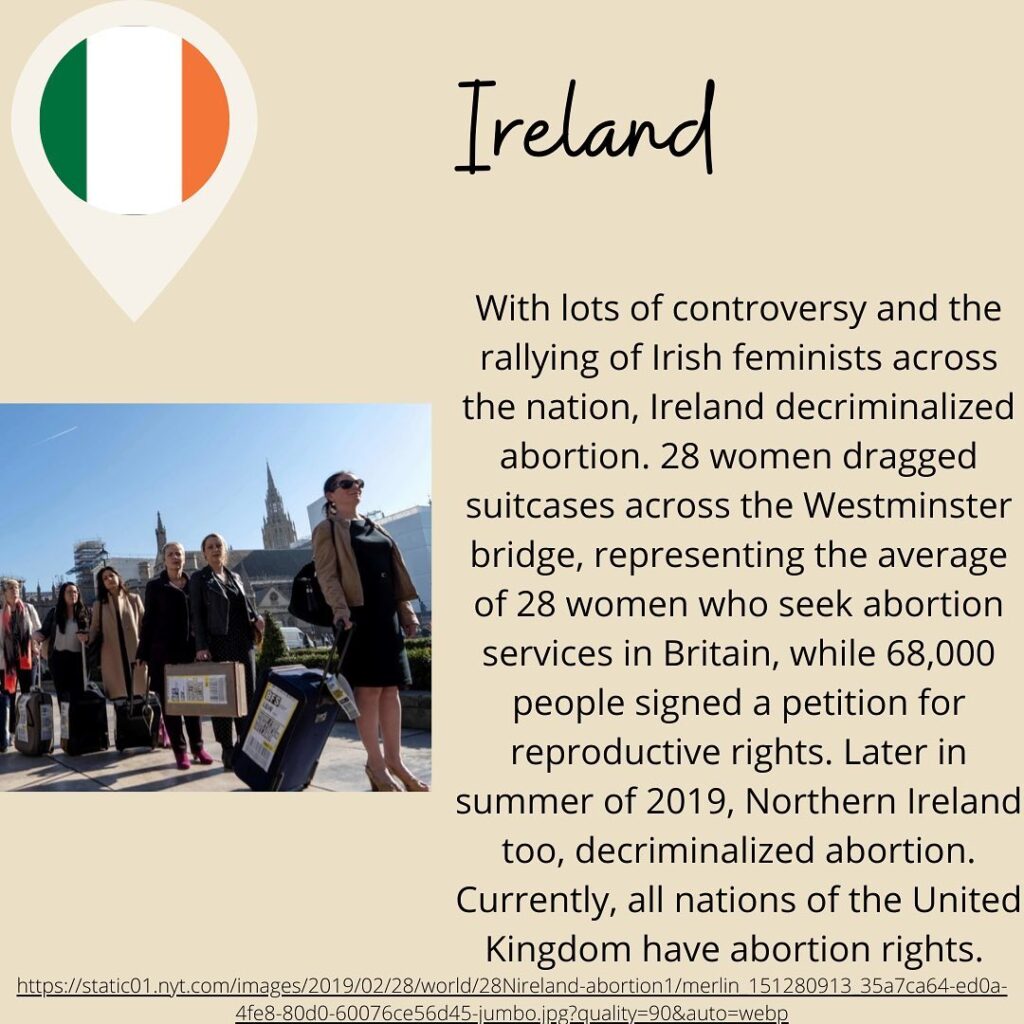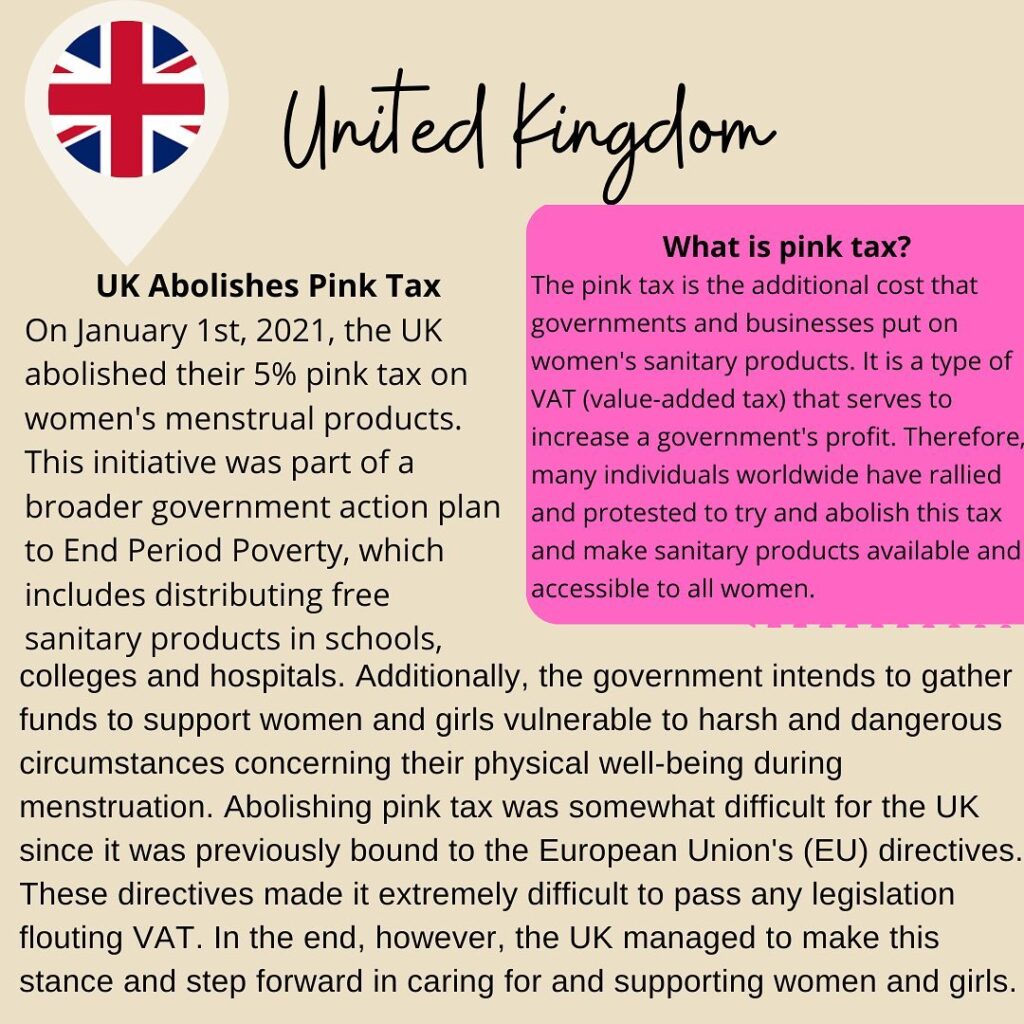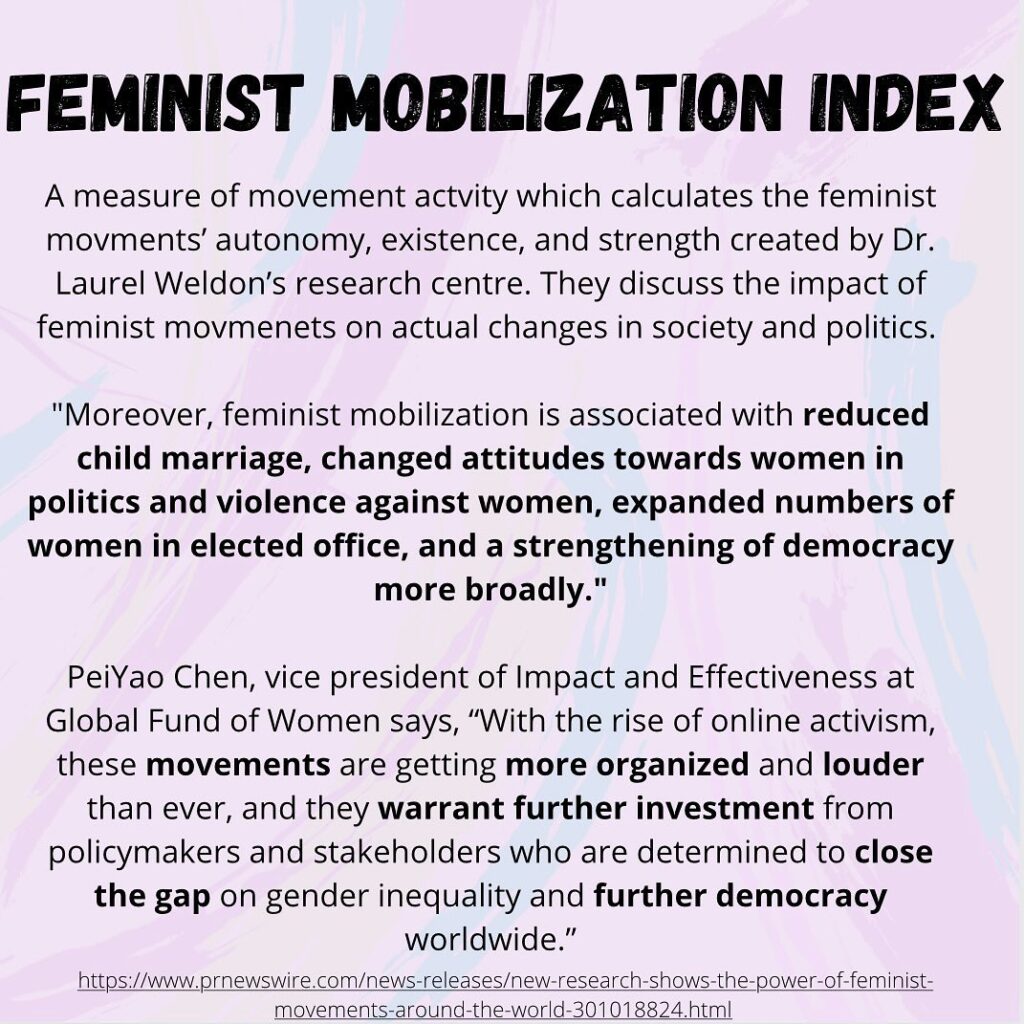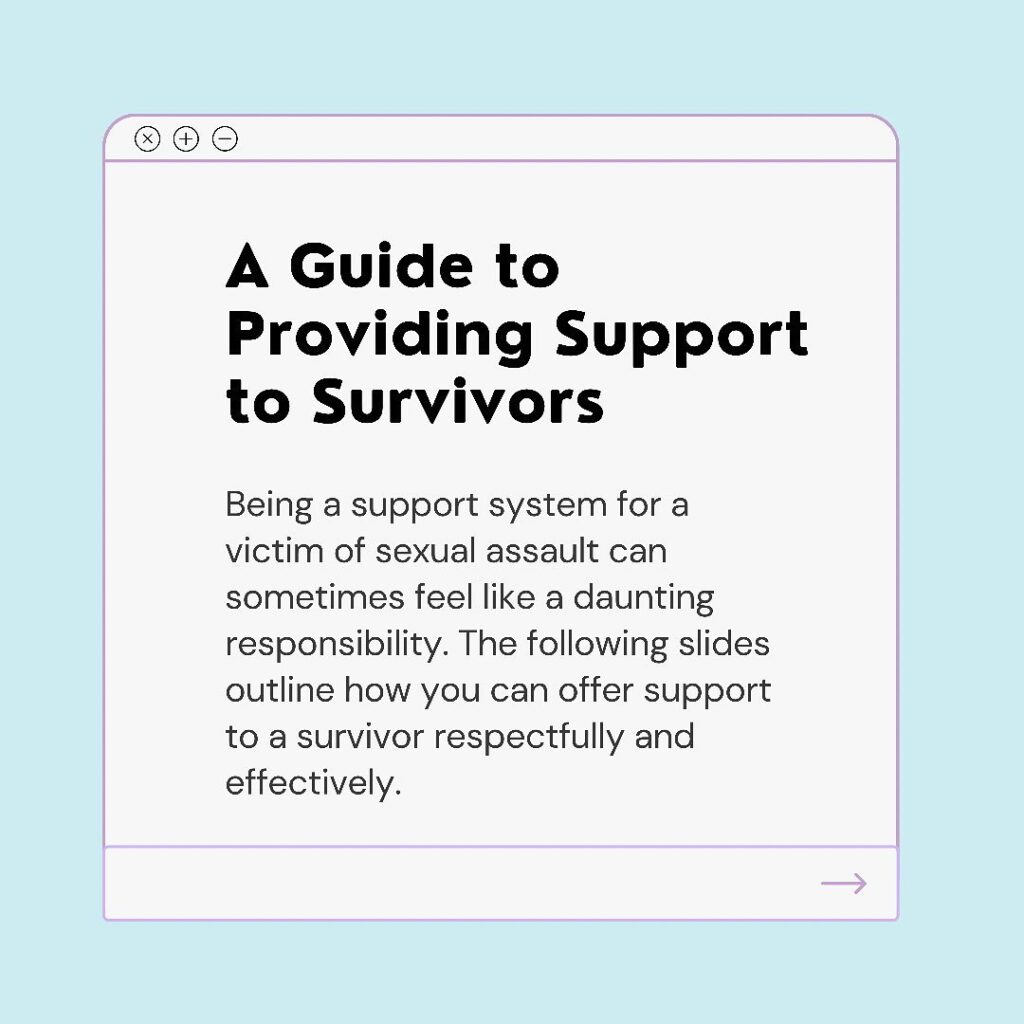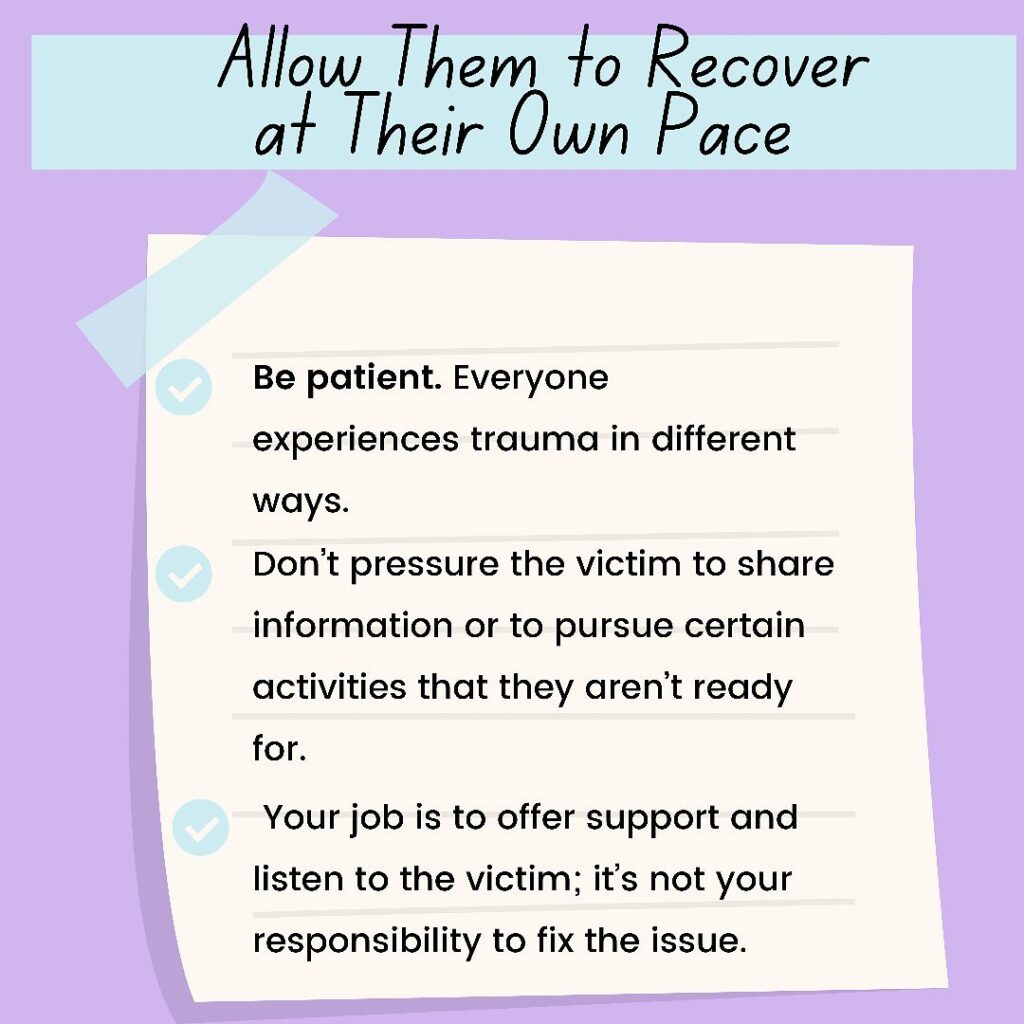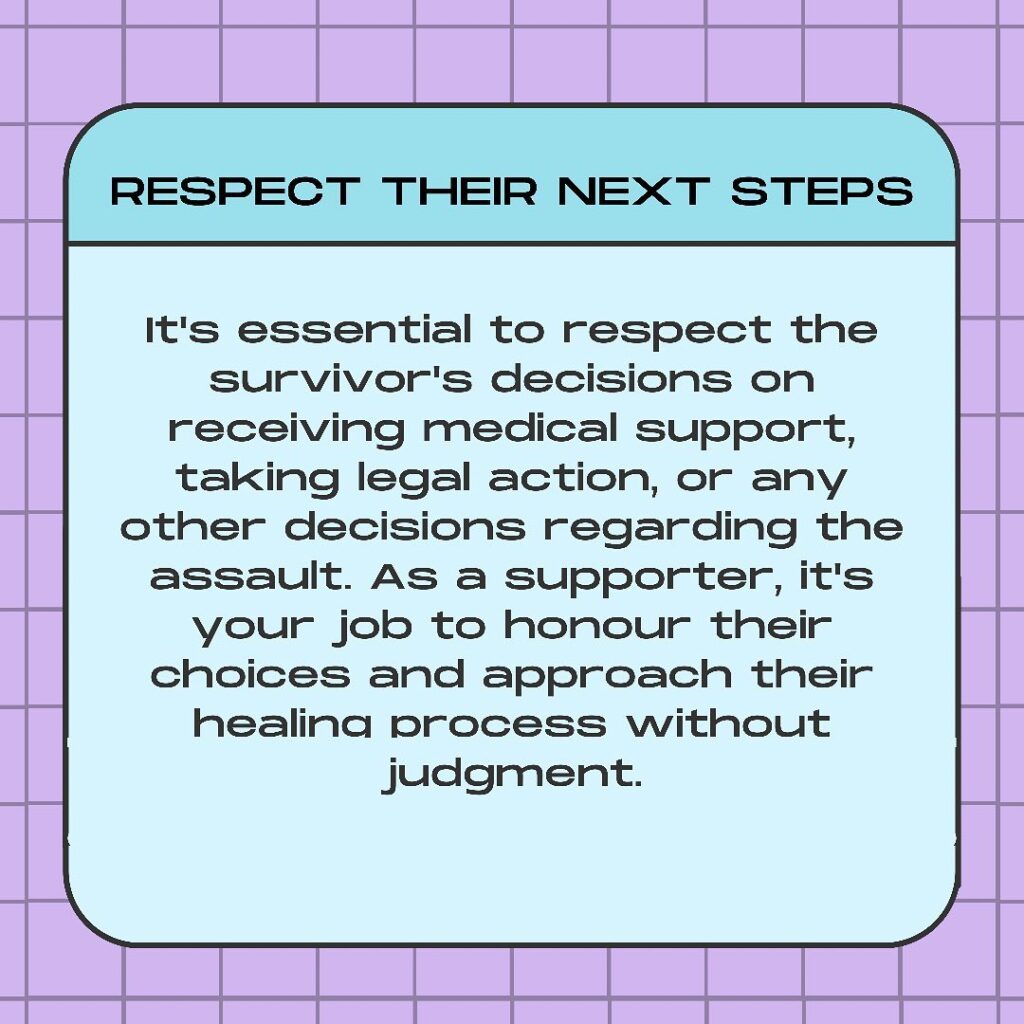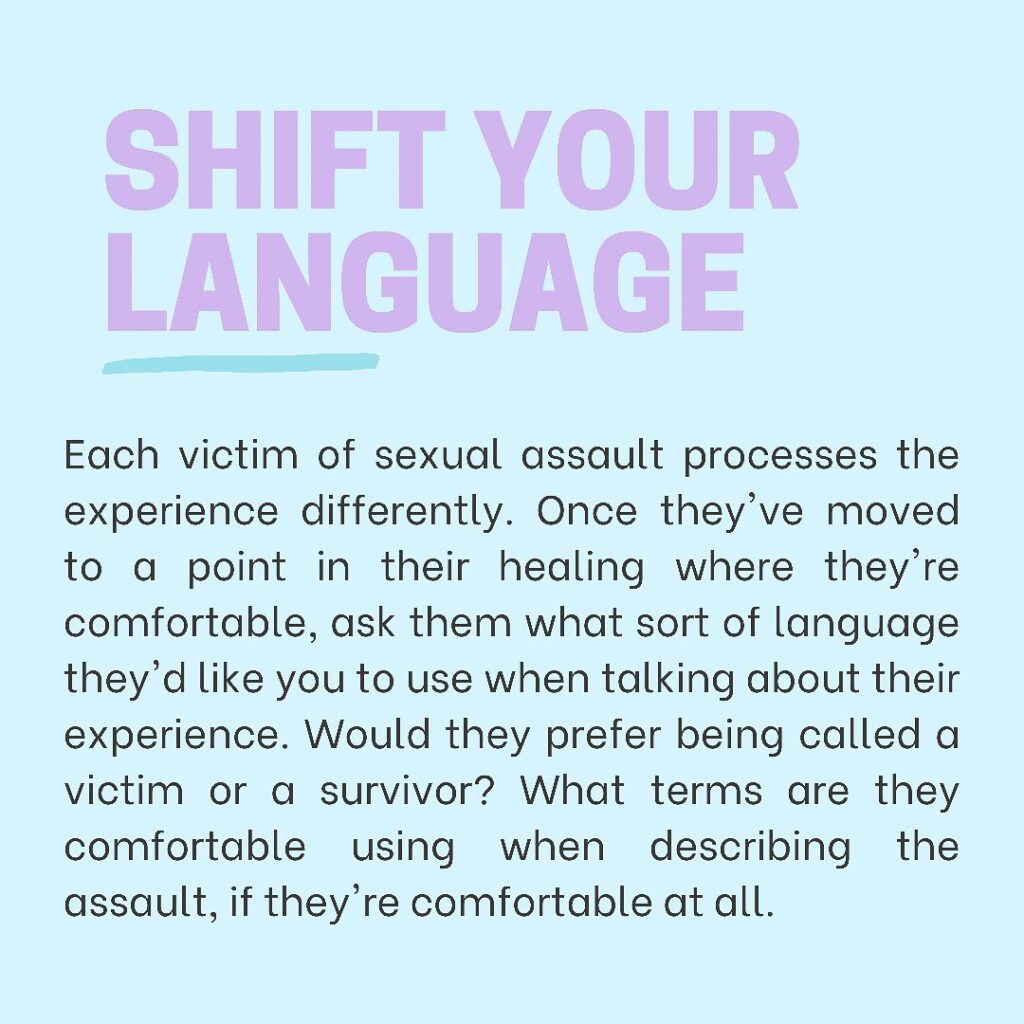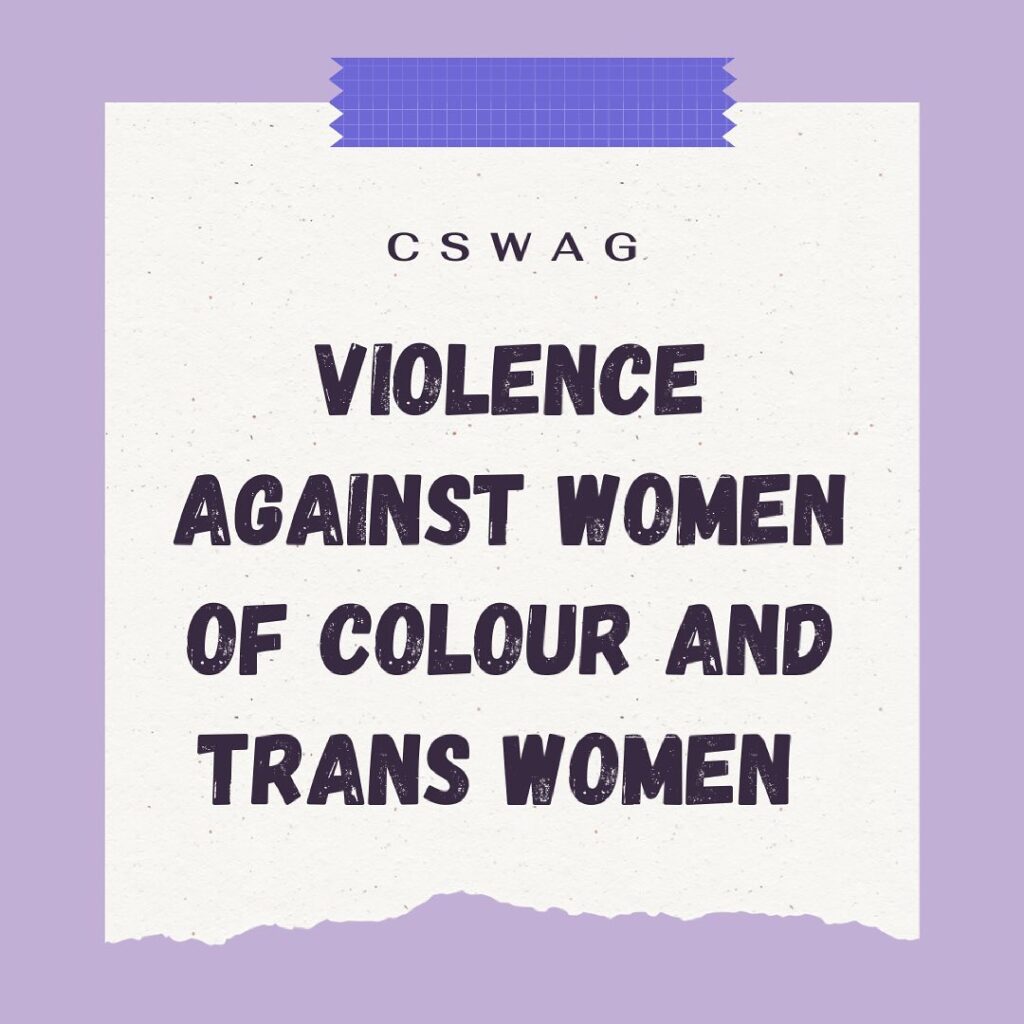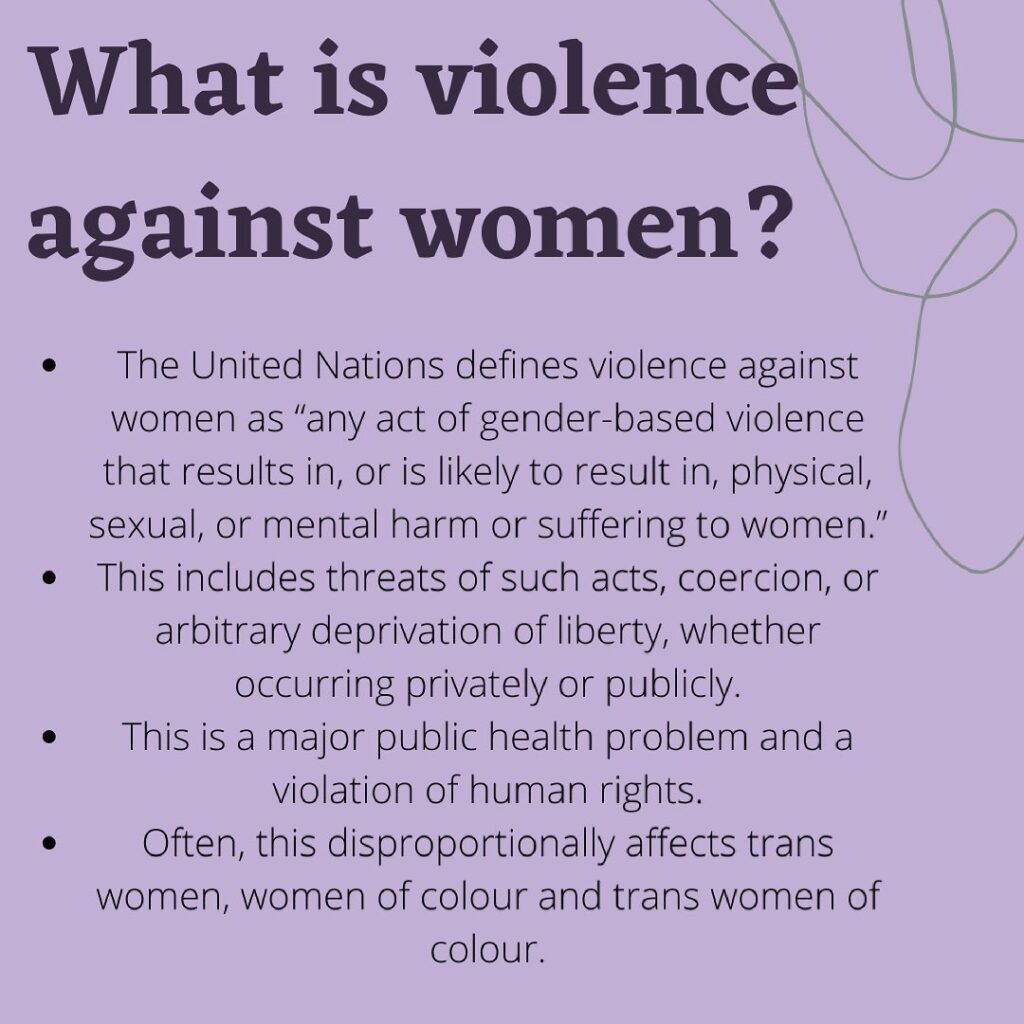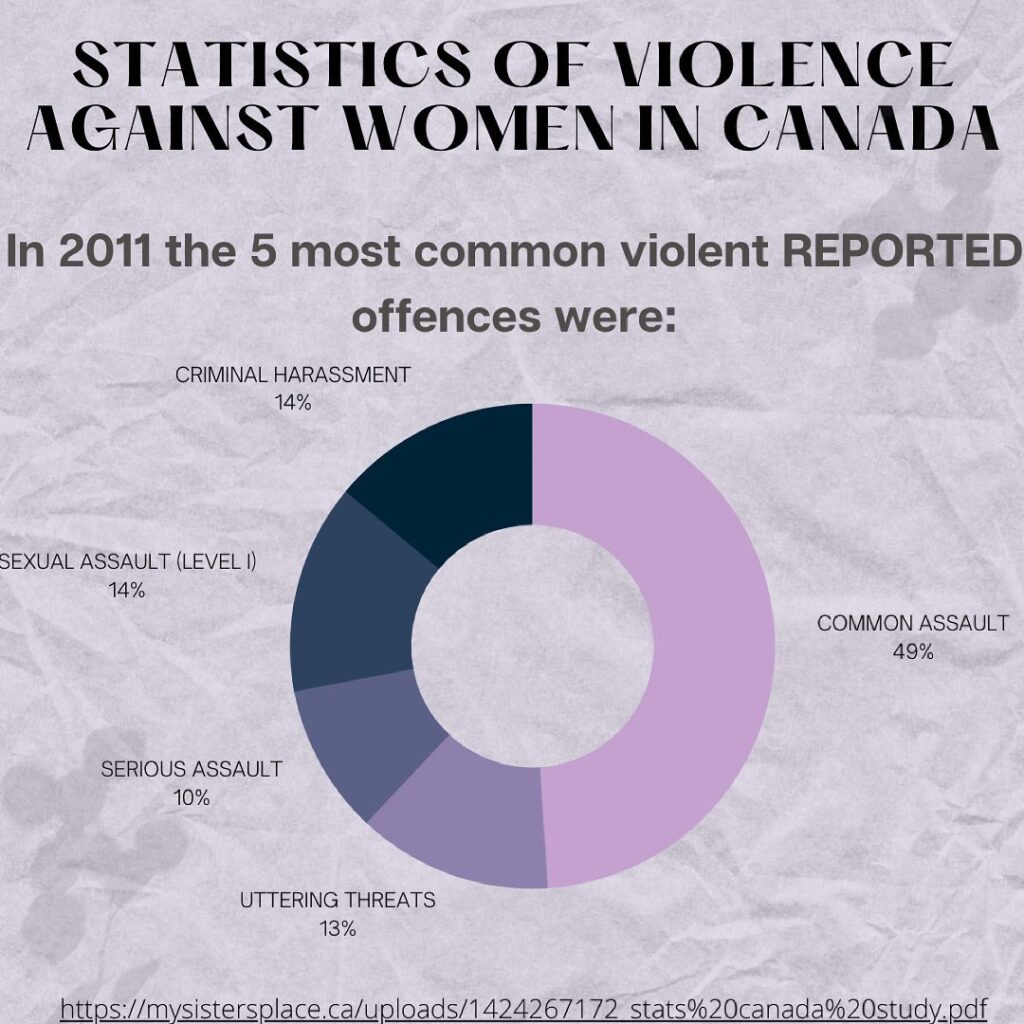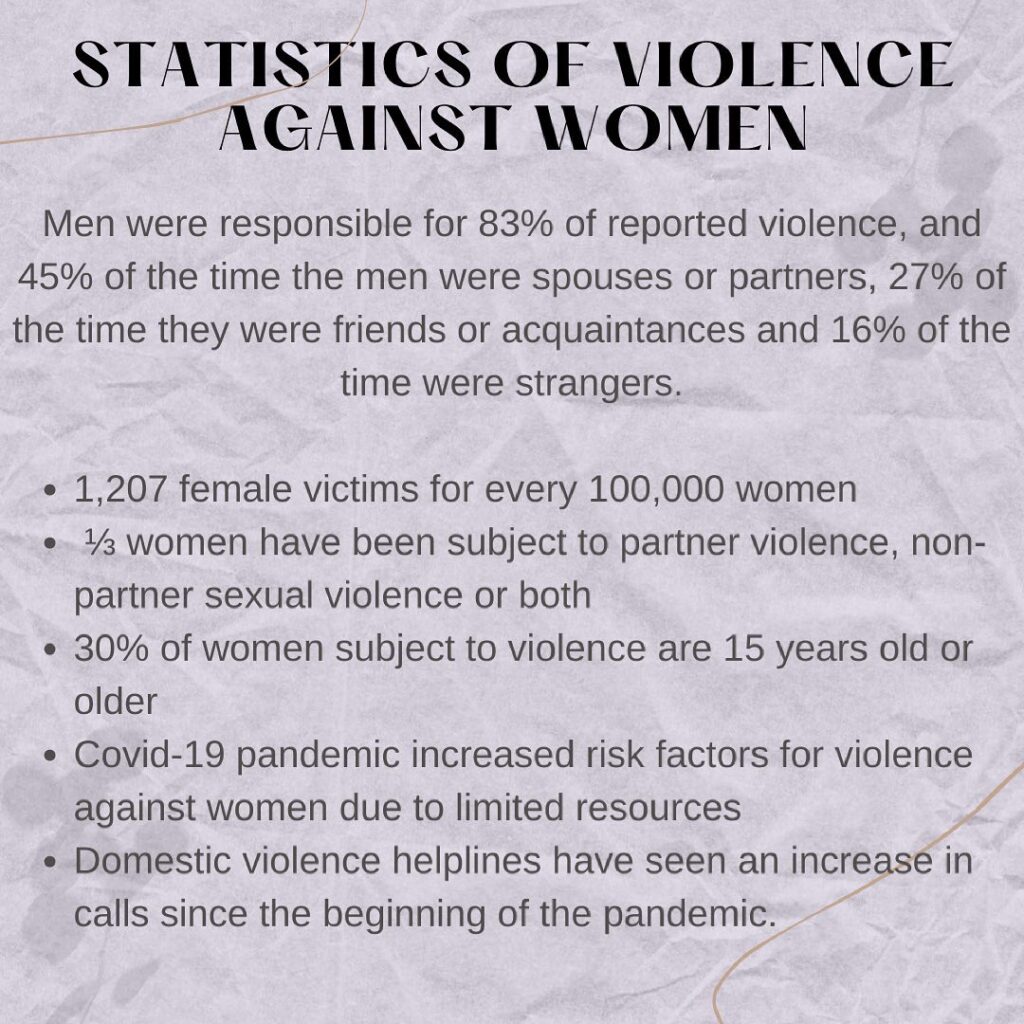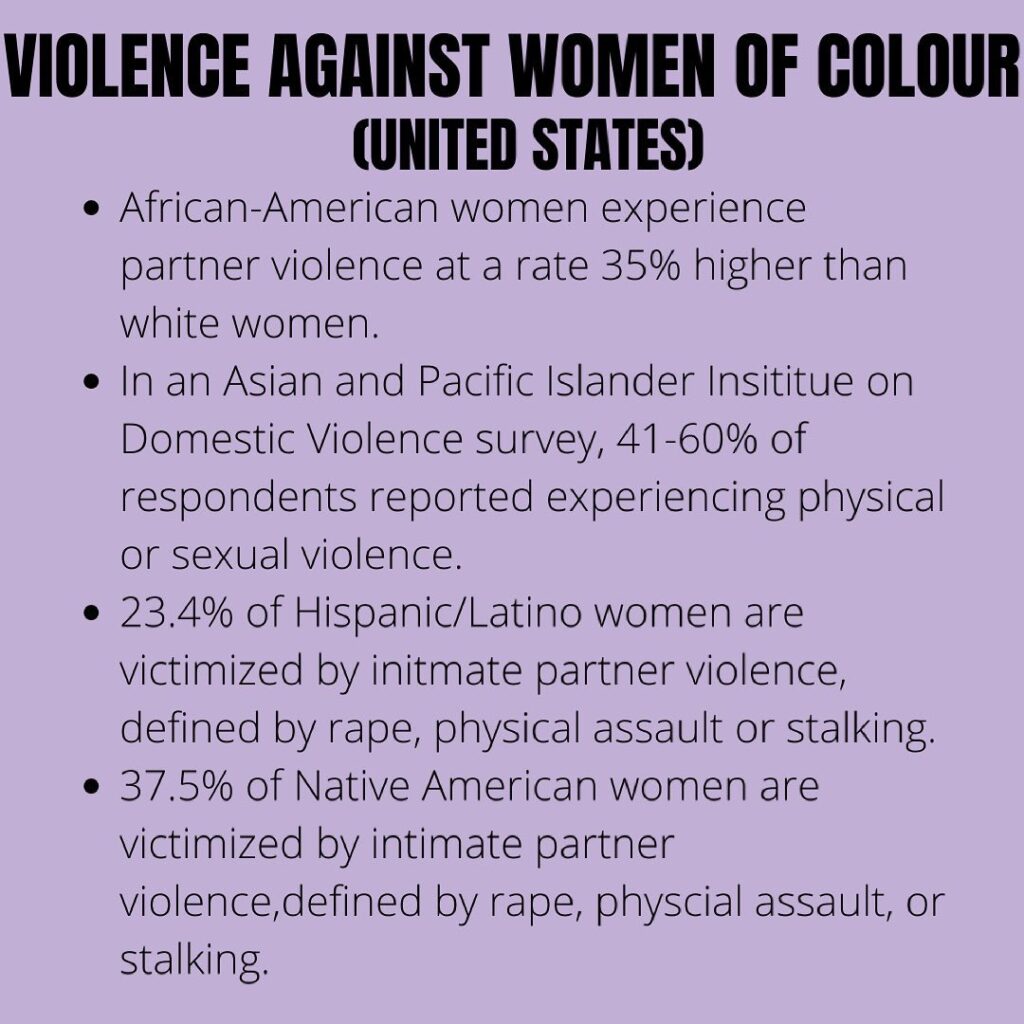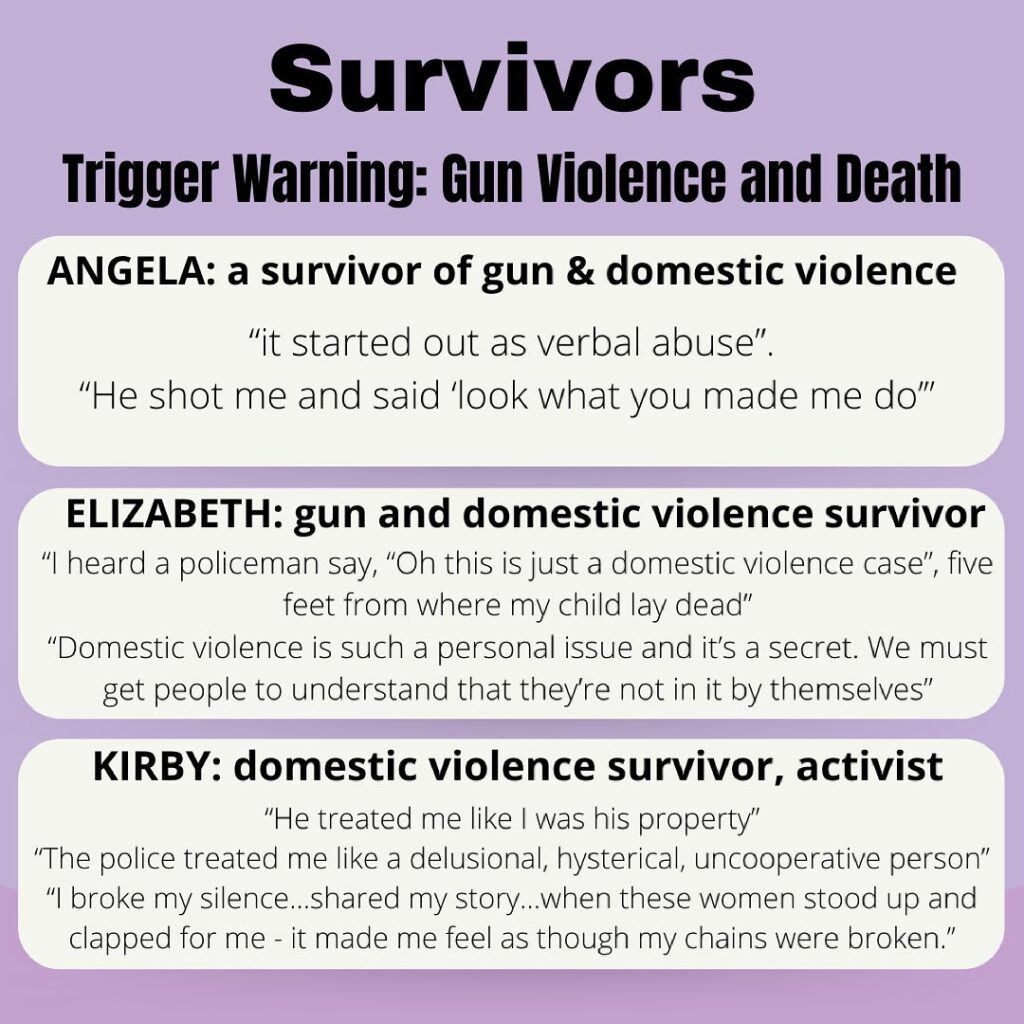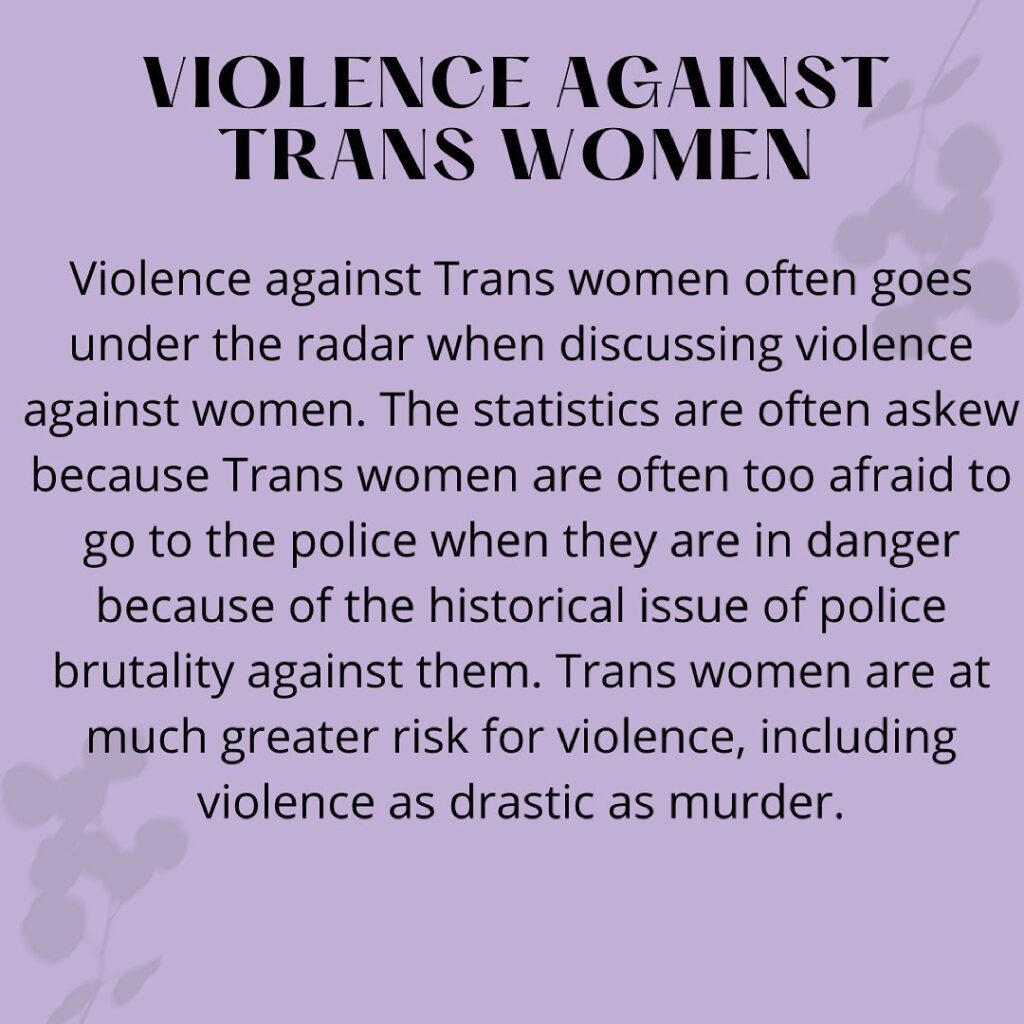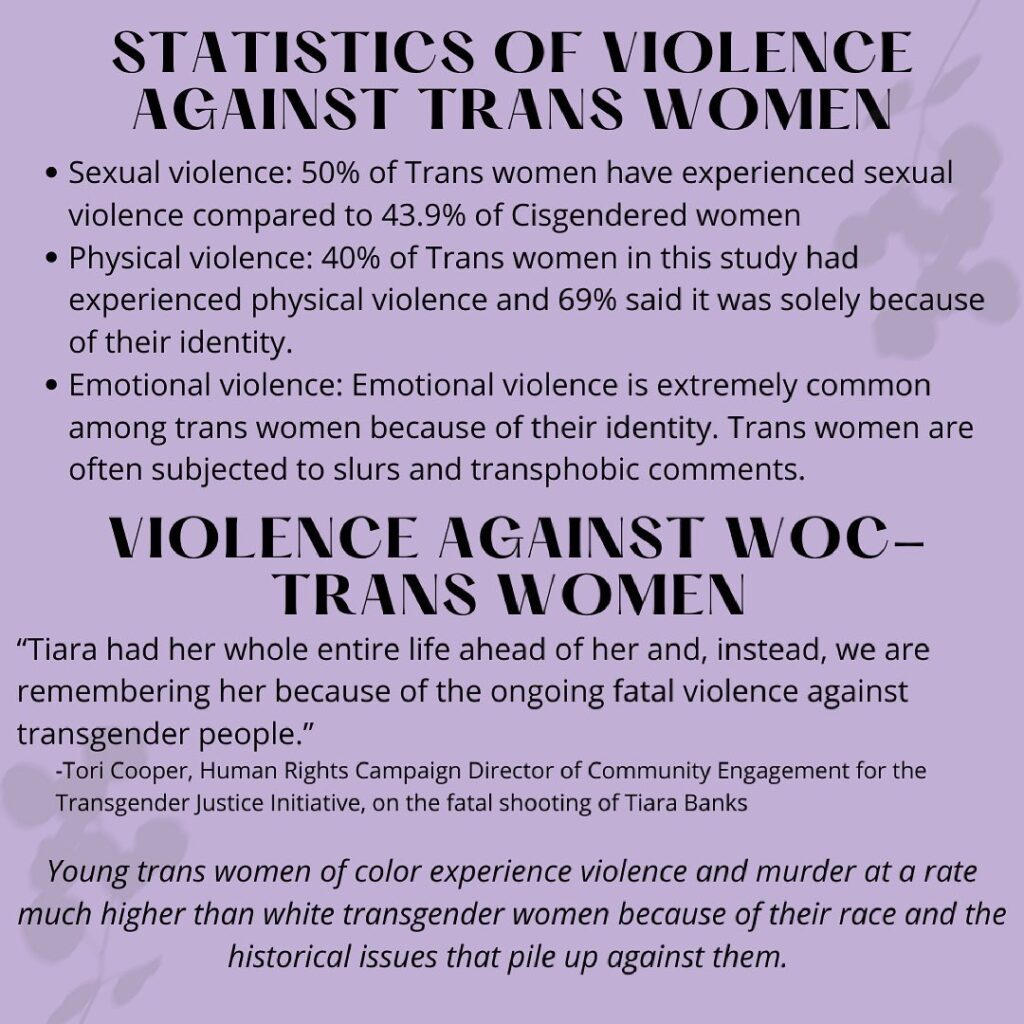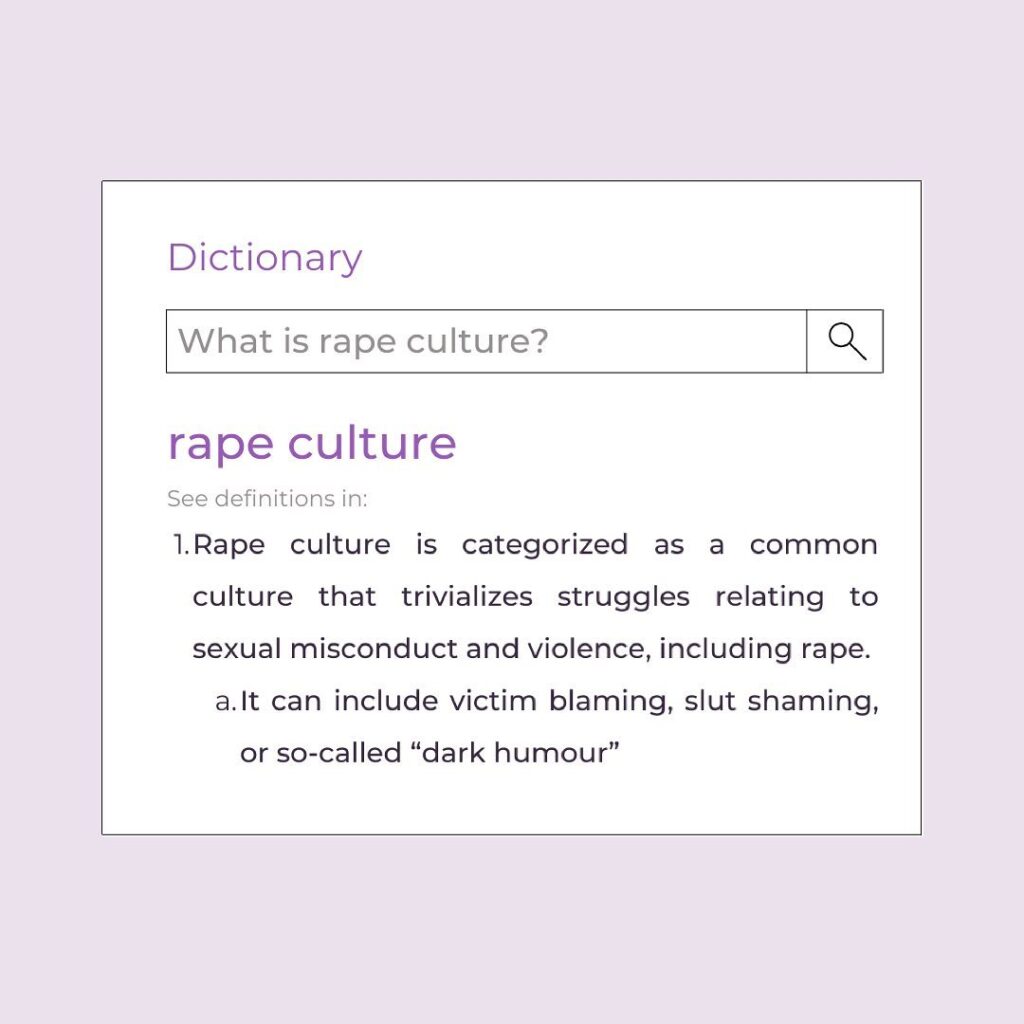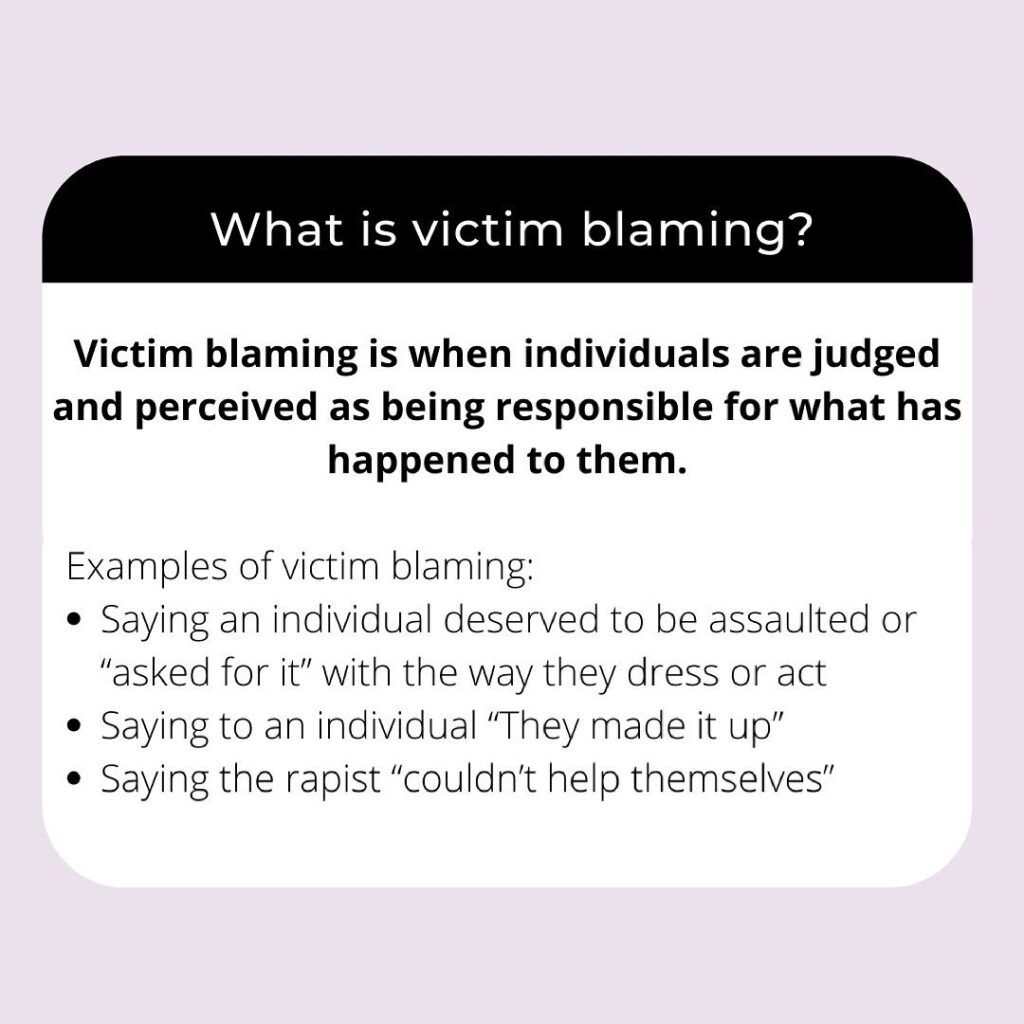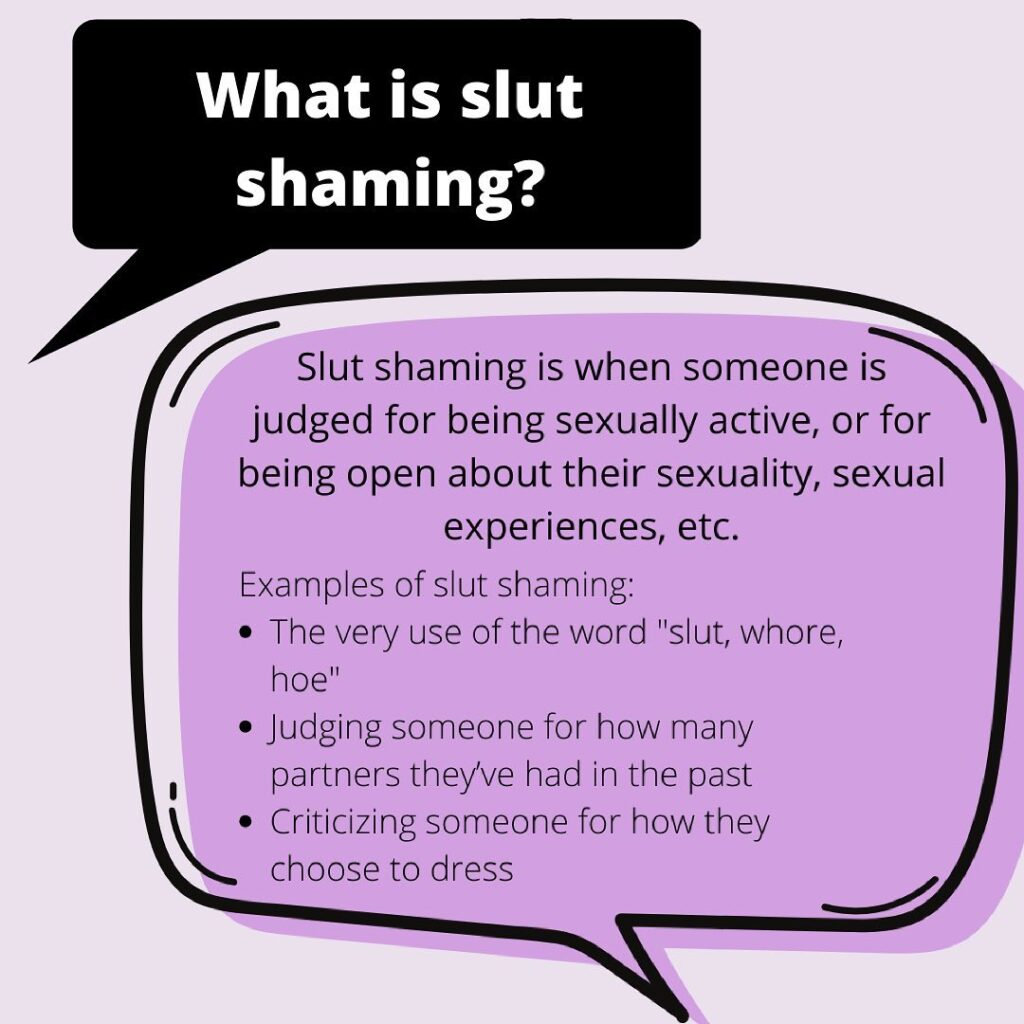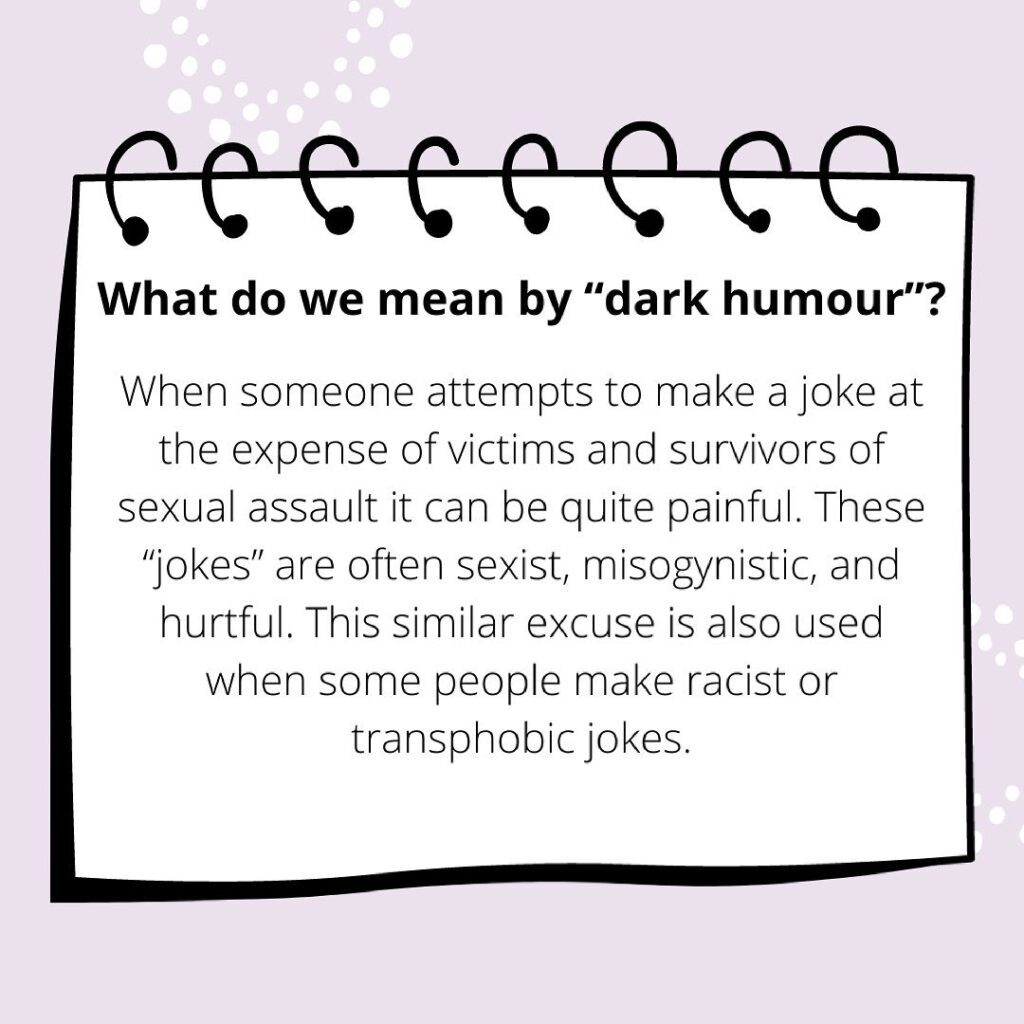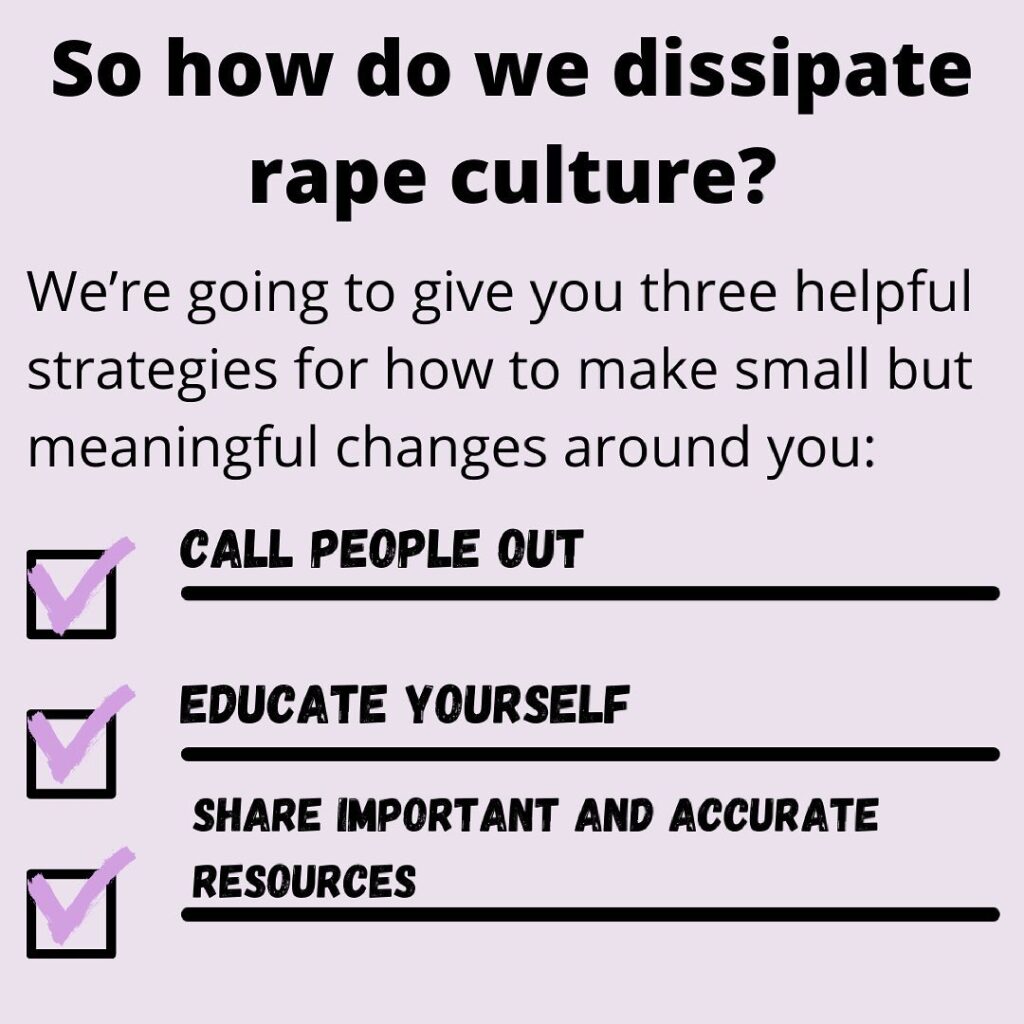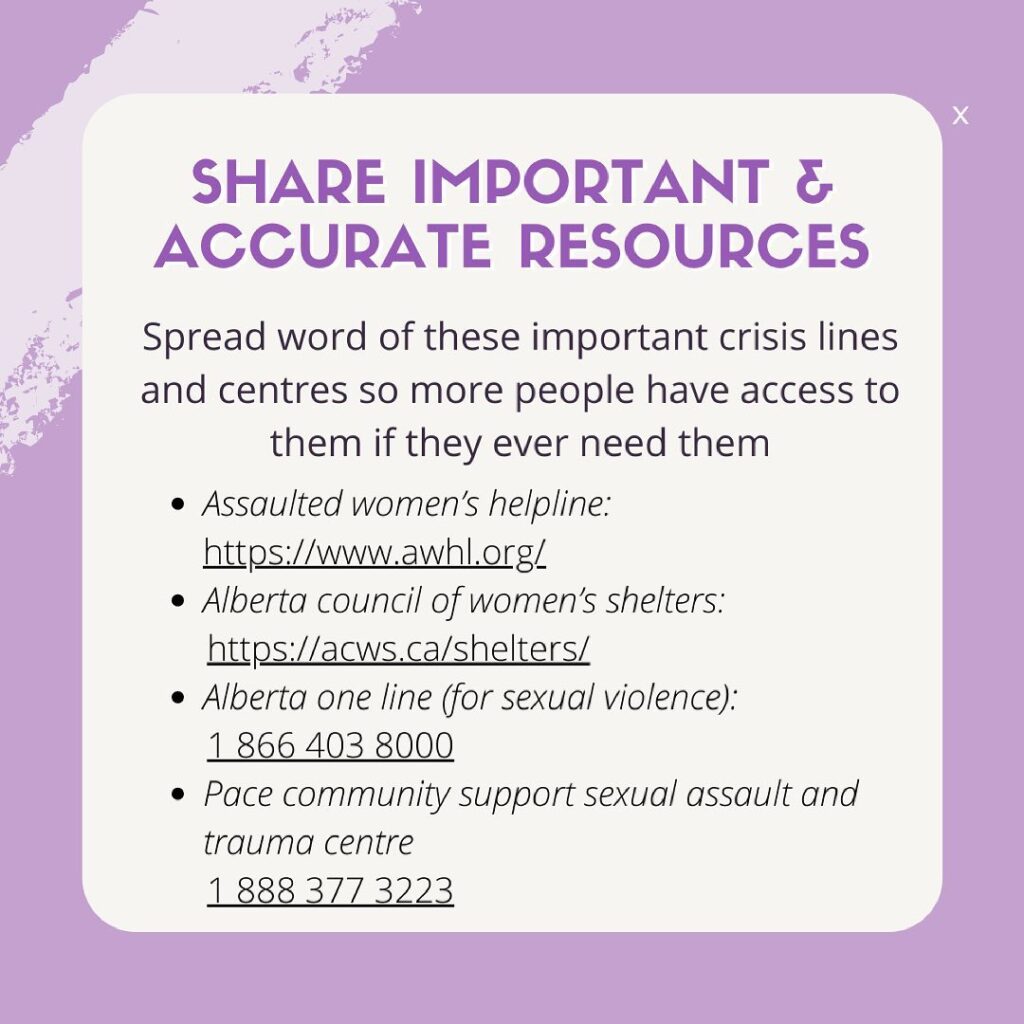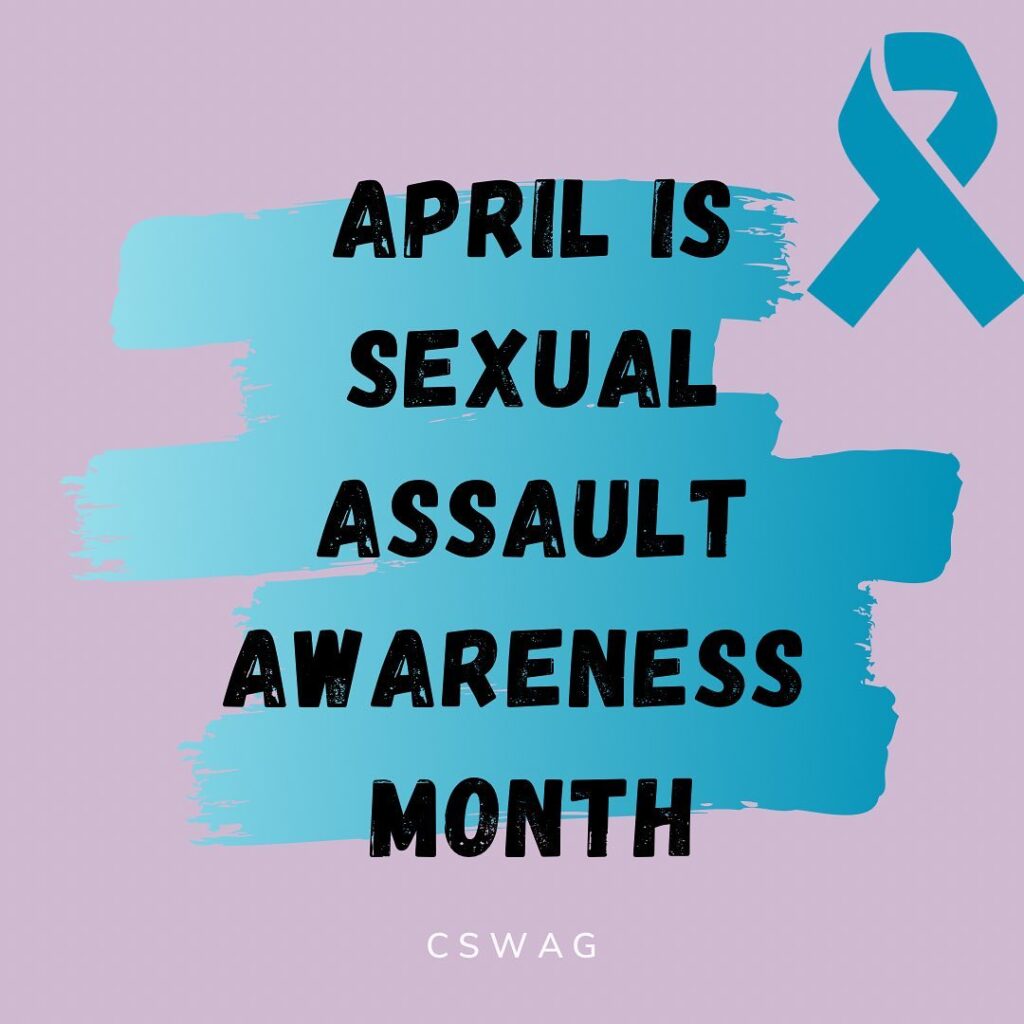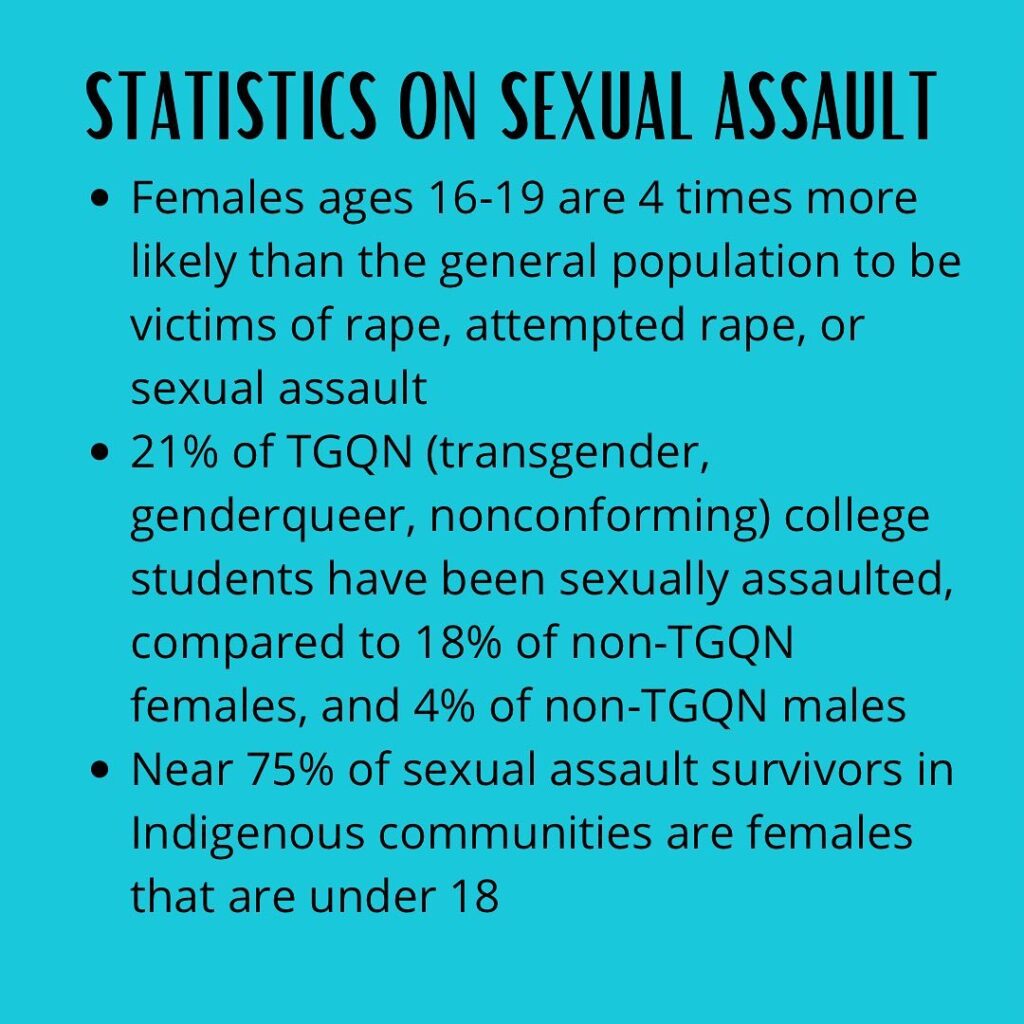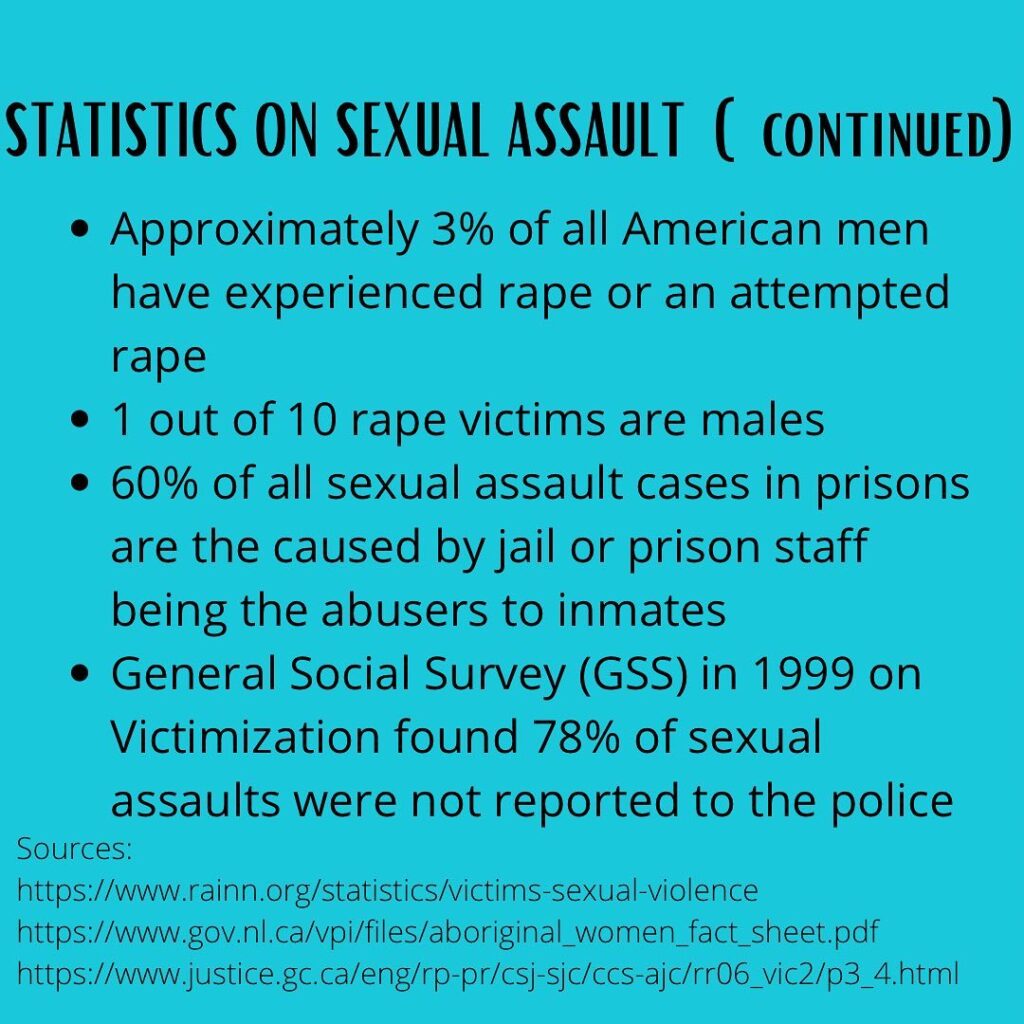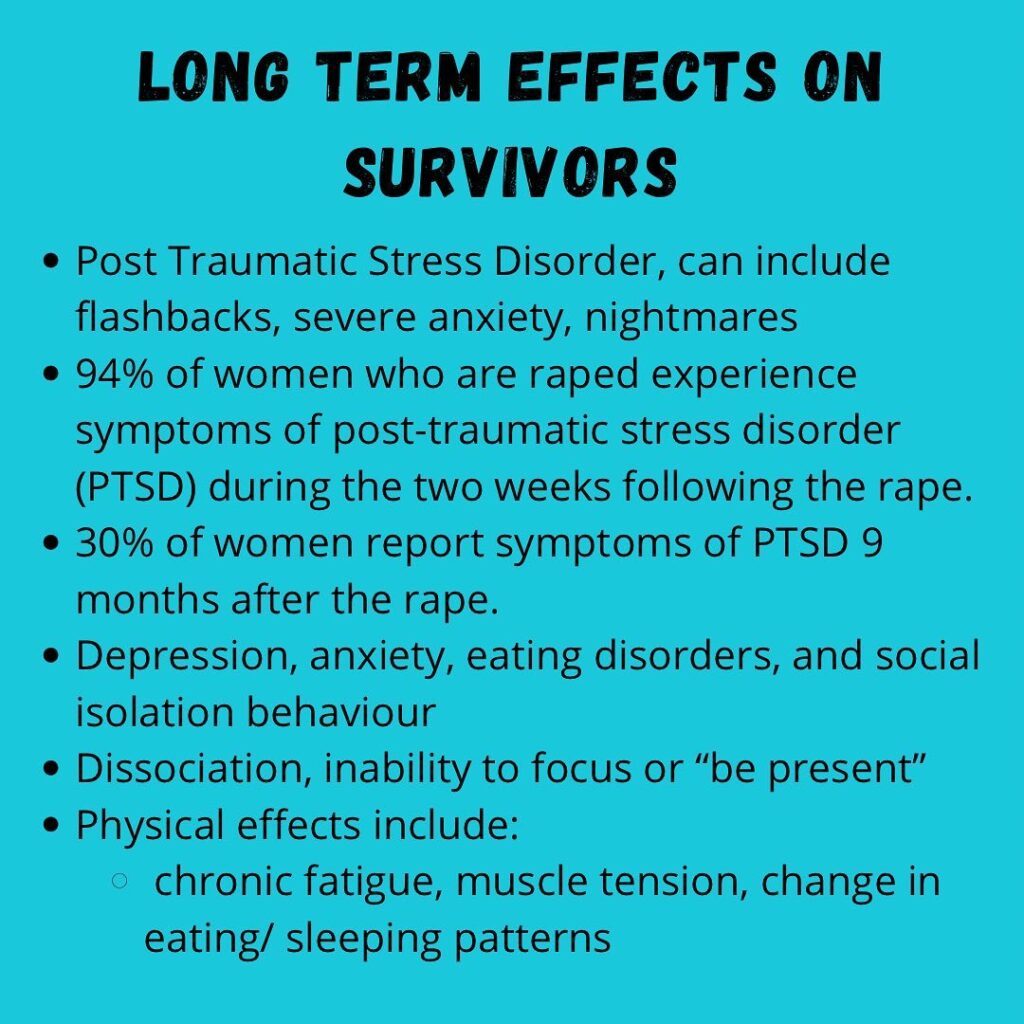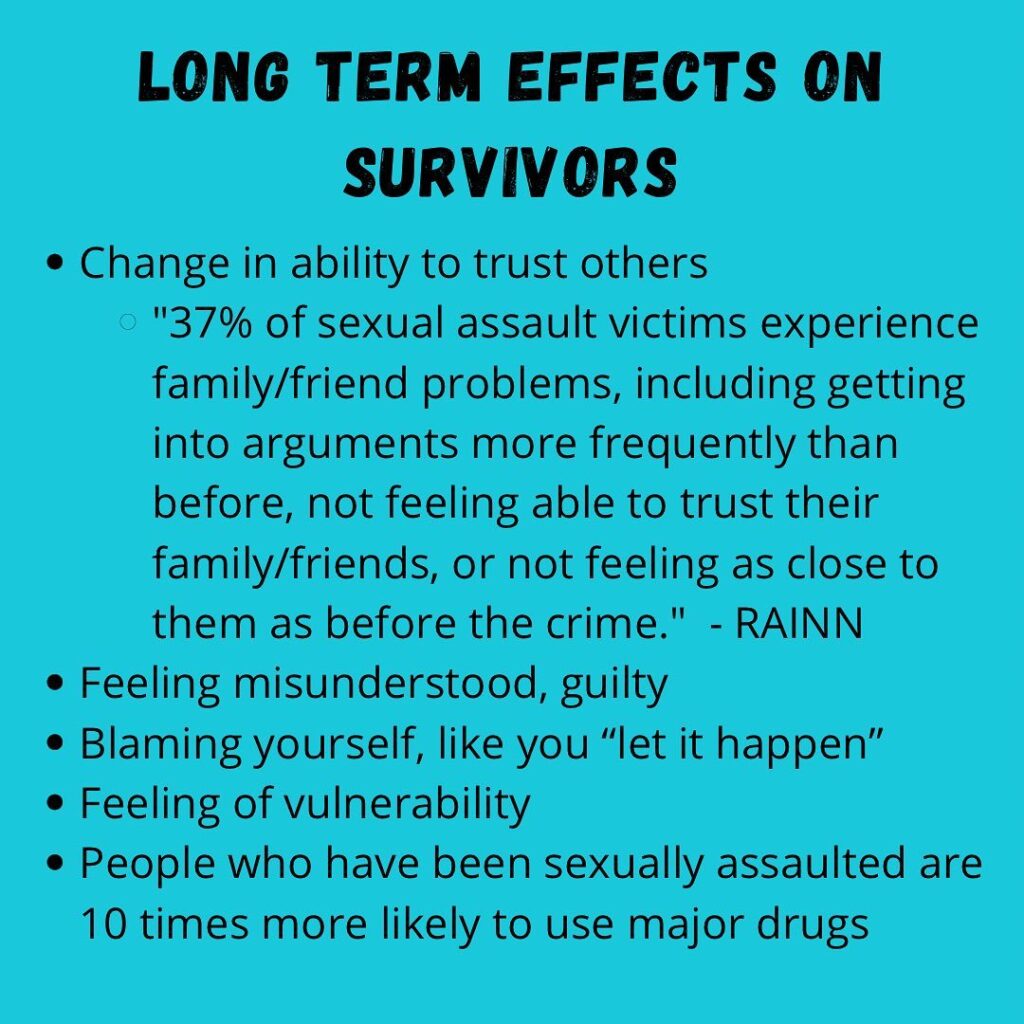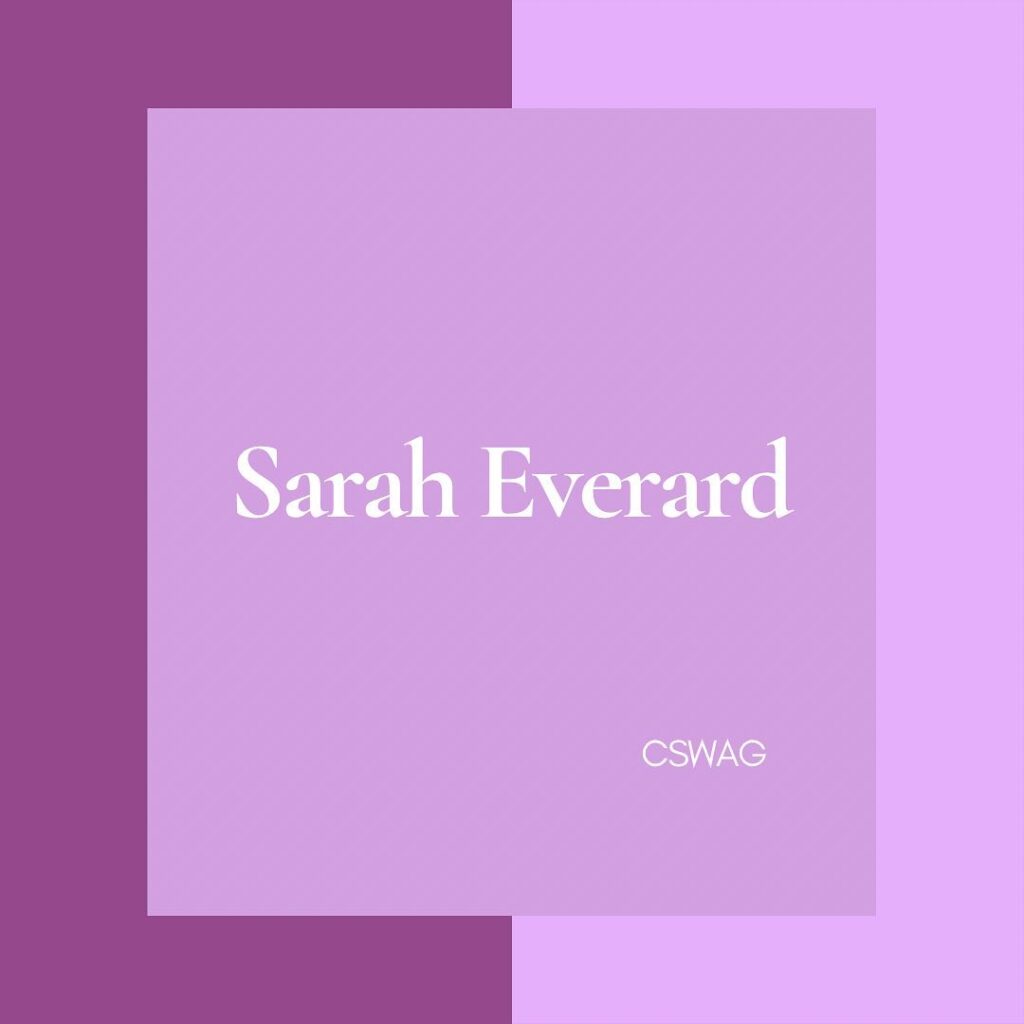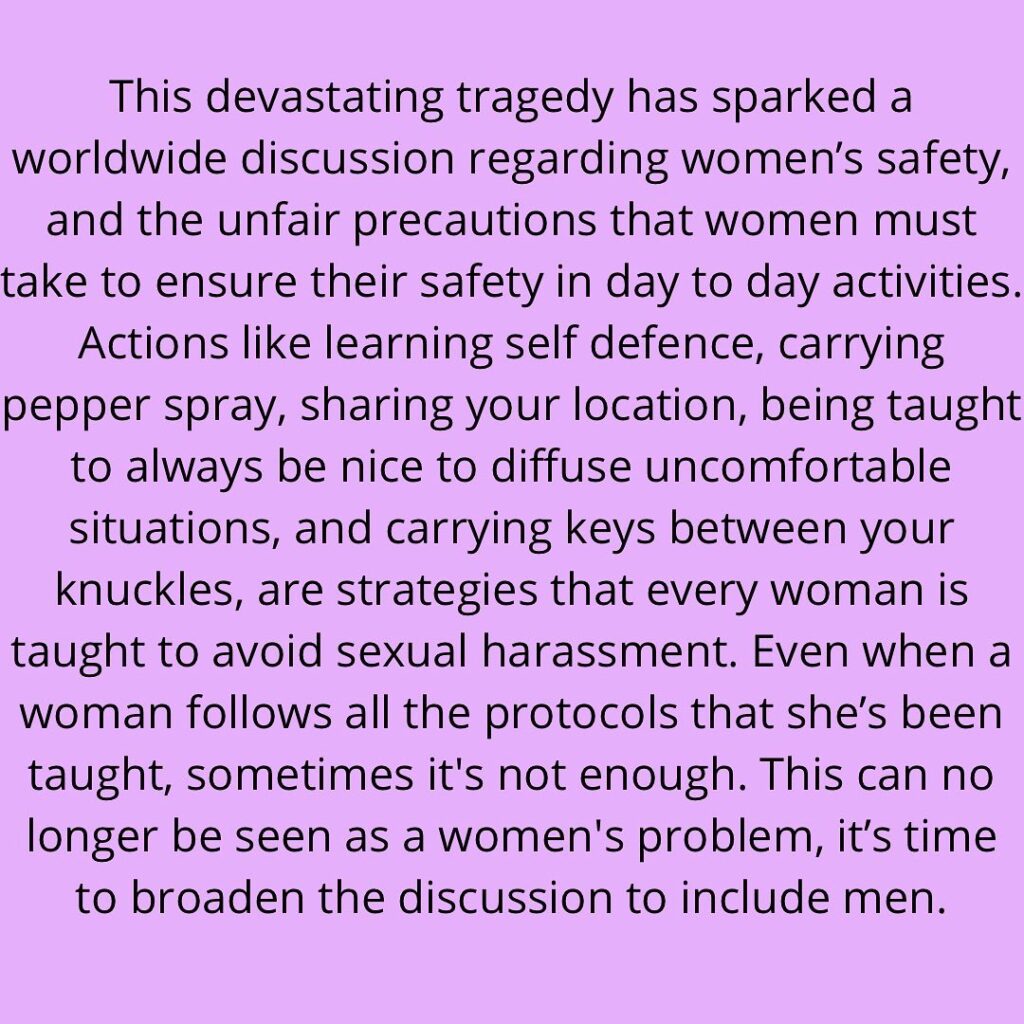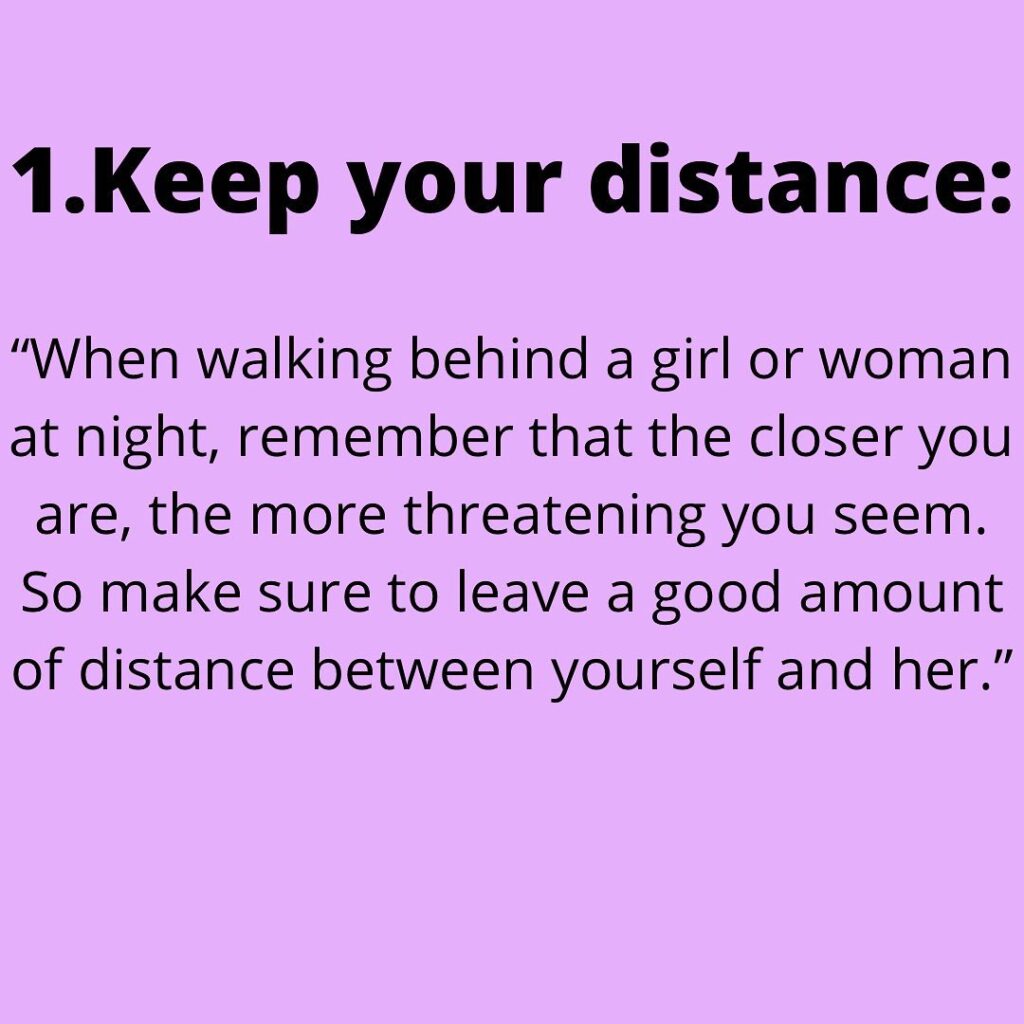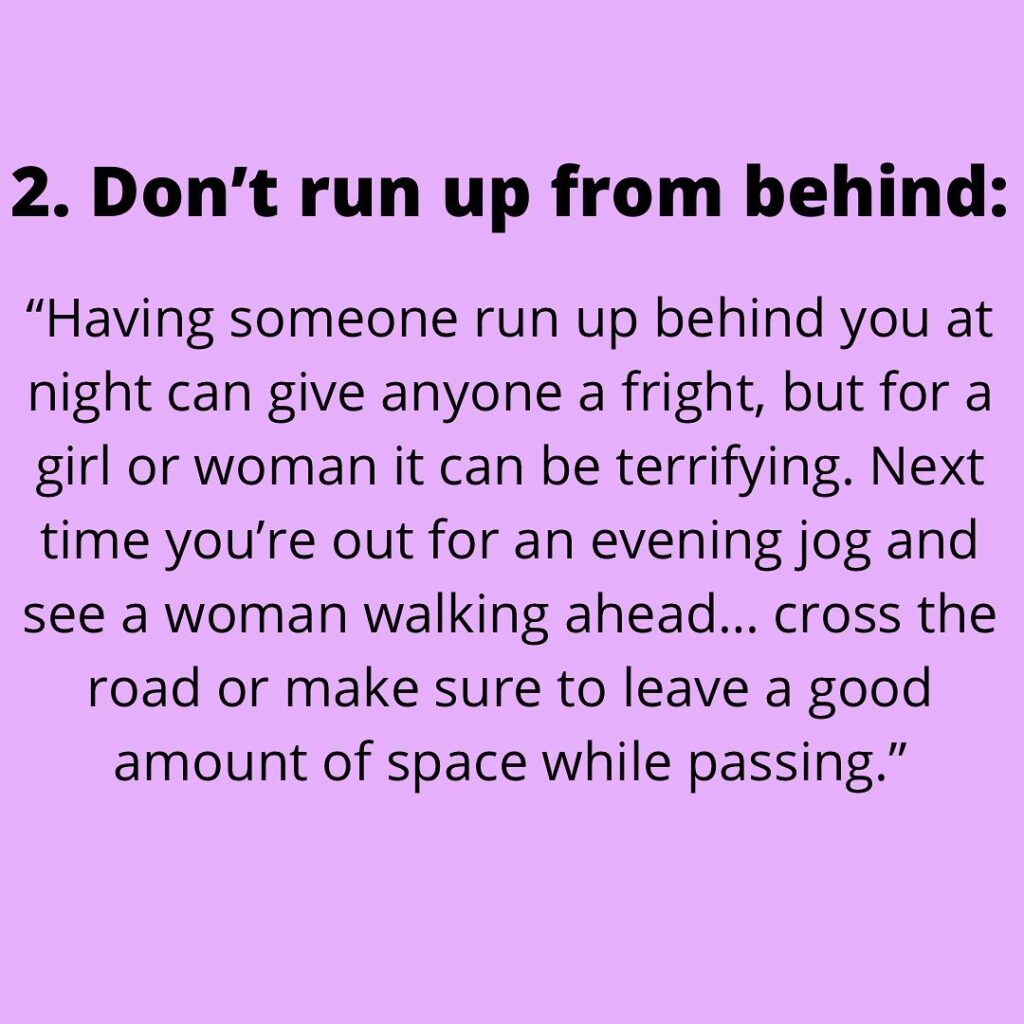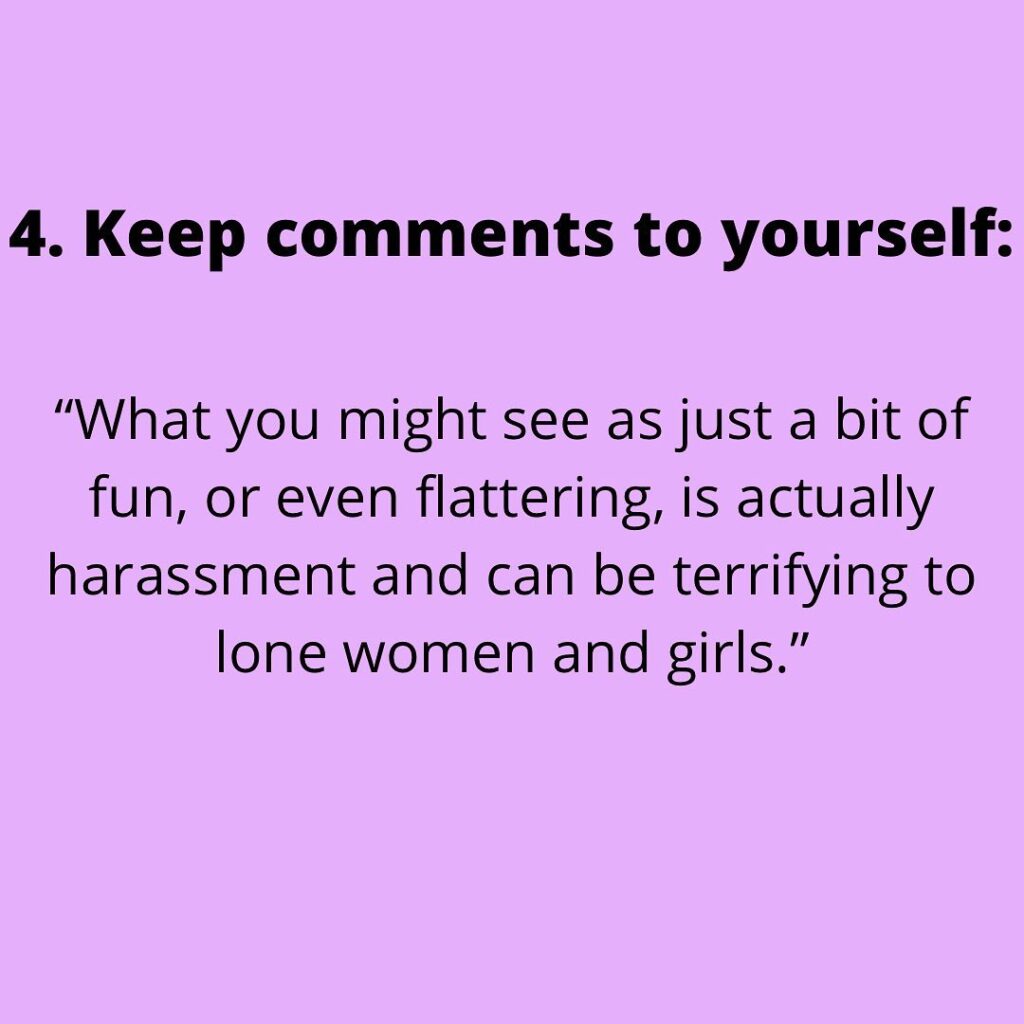Coined by African-American feminist, Kimberlé Crenshaw, intersectionality is a framework for understanding social relations by examining intersecting forms of discrimination. Discrimination against race, sex, and age exist on their own, but when combined, they compound themselves to transform a persons’ experience with oppression. Furthermore, intersectionality acknowledges the unique oppressions that exist, while also examining how they change in combination with one another.
However, as people continue to build equality, many initiatives to end discrimination can often fall into the trap of considering only one element or ‘section’ of their demographic (e.g. race, sex, gender). For example, while the career of a young cis white and able-bodied woman might improve with the help of gender equality movements, a lesbian disabled woman of colour will continue to face discrimination due to aspects of her identity such as race, sexuality, and disability. Taking a look at the past, during the suffrage movement race was not considered critical in expanding the right to vote, hence, it took significantly longer for women of colour to gain the right to vote. In fact, Indigenous women were only given the right to vote in Canadian national elections in 1960.
Thus, the idea of intersectionality becomes especially important when we as individuals and society try to work toward understanding the systematic disenfranchisement and discrimination that people experience. As we continue to forge an equitable society it is crucial that we learn from the lessons of the past and consider how marginalization can come from different sources for many reasons, and addressing one must involve addressing them all. After all, intersectionality is not about agreeing that people experience discrimination for many reasons, rather that it’s impossible to tackle such systemic and societal injustices individually. Understanding that the fight for equality is a fight for everyone’s equality and that working together cooperatively is crucial.
By Hanko Ngu and Joshua Himmens
Sources used:
Chandler, Leigh. “What Is Intersectionality, and What Does It Have to Do with Me?” YW Boston, July 2, 2020. https://www.ywboston.org/2017/03/what-is-intersectionality-and-what-does-it-have-to-do-with-me/.
Columbia, Law School. “Kimberlé Crenshaw on Intersectionality, More than Two Decades Later.” Columbia Law School, June 8, 2017. https://www.law.columbia.edu/news/archive/kimberle-crenshaw-intersectionality-more-two-decades-later.
Crenshaw, Kimberlé “Opinion | Why Intersectionality Can’t Wait.” The Washington Post. WP Company, October 28, 2021. https://www.washingtonpost.com/news/in-theory/wp/2015/09/24/why-intersectionality-cant-wait/.
Goertz, Gary, and Amy Mazur. “Politics, Gender, and Concepts Theory and Methodology.” Cambridge university press. Cambridge university press. Accessed December 12, 2021. https://www.researchgate.net/publication/330464972_Introduction_and_Republican_Universalism_Resists_State_Feminist_Approaches_to_Gendered_Equality_in_France_In_State_Feminism_Women’s_Movements_and_Job_Training_Making_Democracies_Work_in_the_Global_Eco.
Hankivsky, Olena. “Intersectionality 101 .” BC Campus. The Institute for Intersectionality Research & Policy, SFU, April 2014. https://bccampus.ca/wp-content/uploads/2020/07/Hankivsky-Intersectionality101-2014.pdf.
Runyan, Anne Sisson. “What Is Intersectionality and Why Is It Important?” AAUP, January 24, 2019. https://www.aaup.org/article/what-intersectionality-and-why-it-important.
Steinmetz, Katy. “Kimberlé Crenshaw on What Intersectionality Means Today.” Time. Time, February 20, 2020. https://time.com/5786710/kimberle-crenshaw-intersectionality/.
University of, British Columbia. “Intersectionality: What Is It and Why It Matters.” Vice-President Finance & Operations Portfolio (VPFO), March 8, 2021. https://vpfo.ubc.ca/2021/03/intersectionality-what-is-it-and-why-it-matters/.
